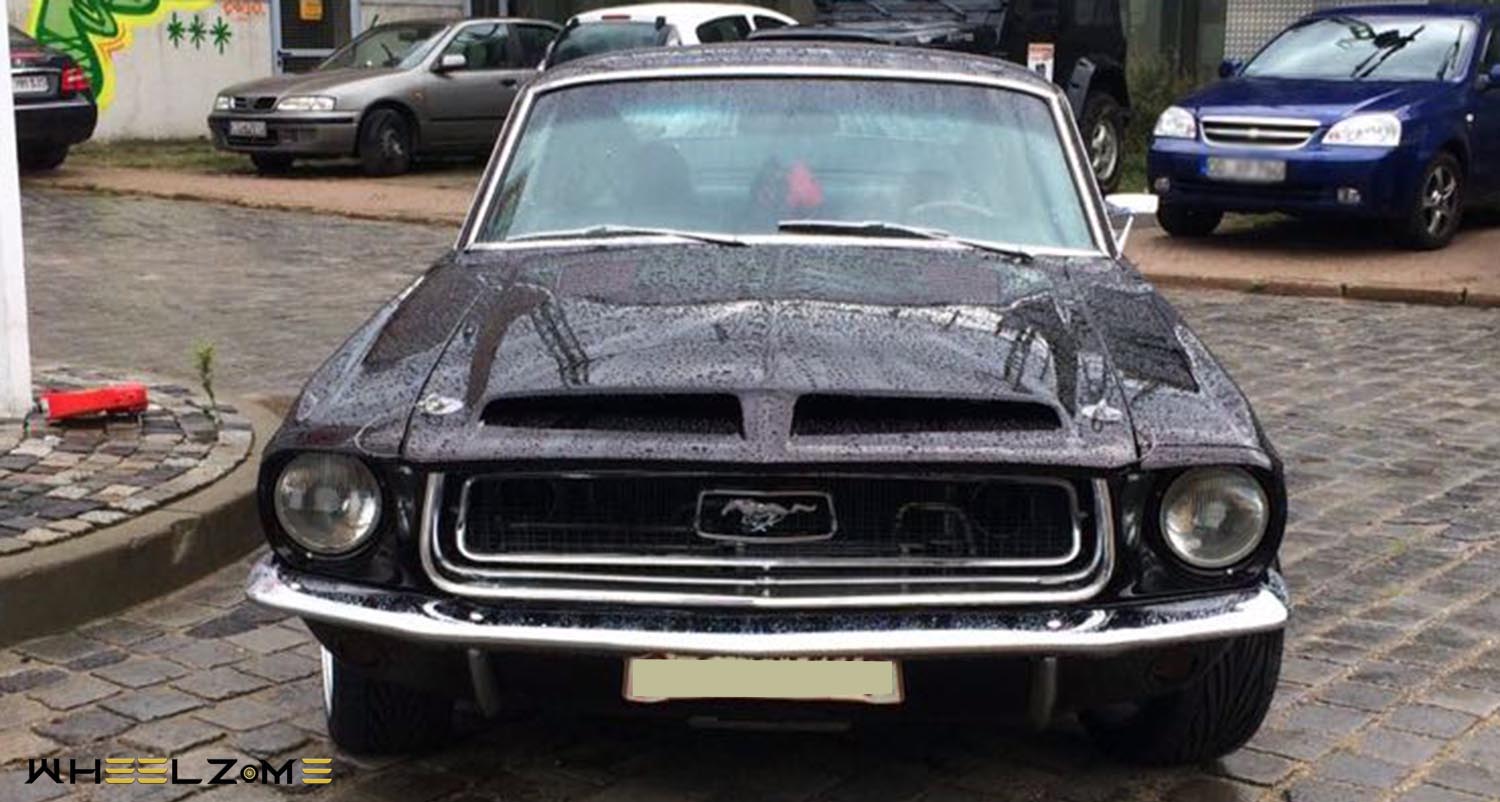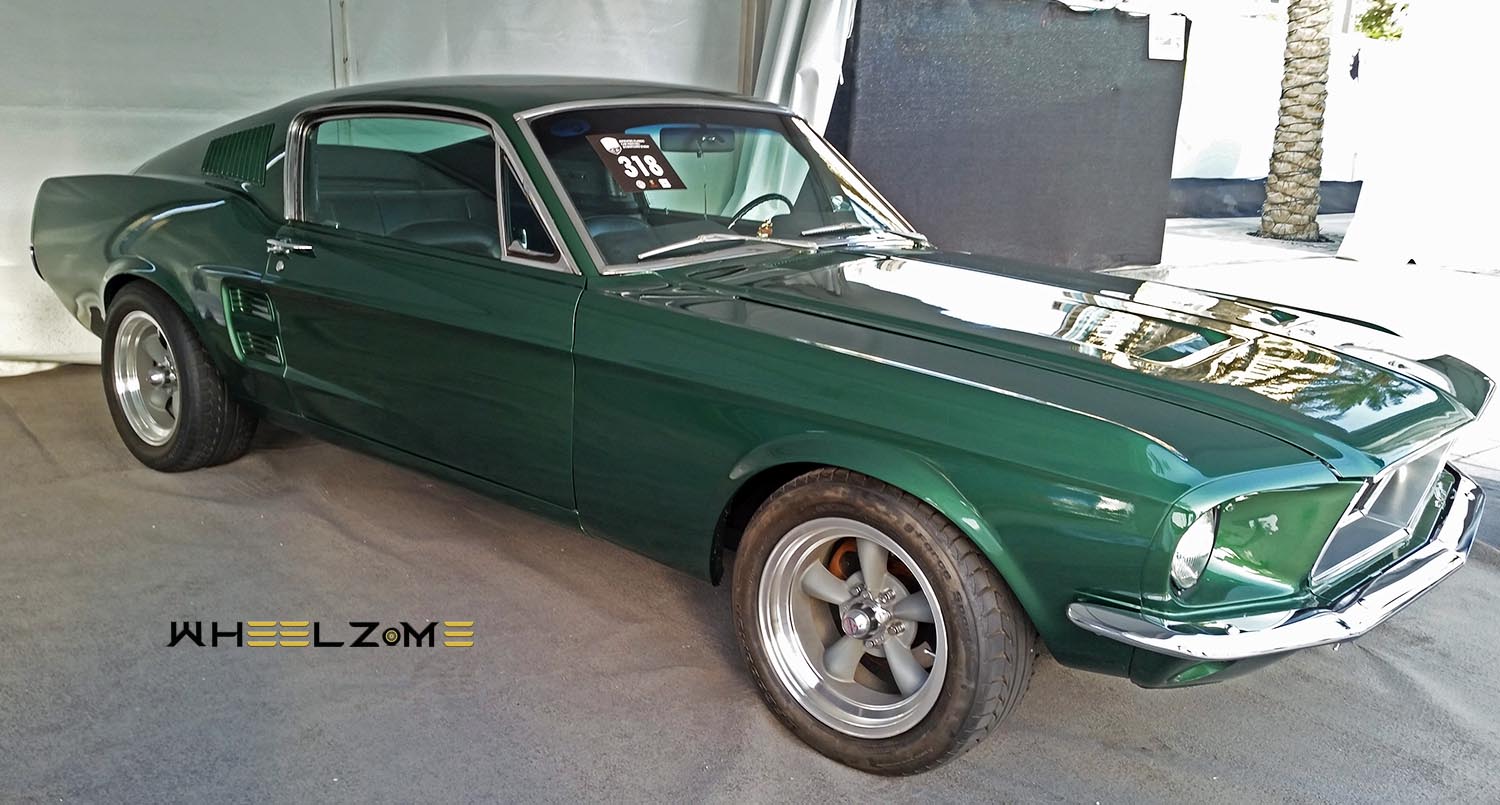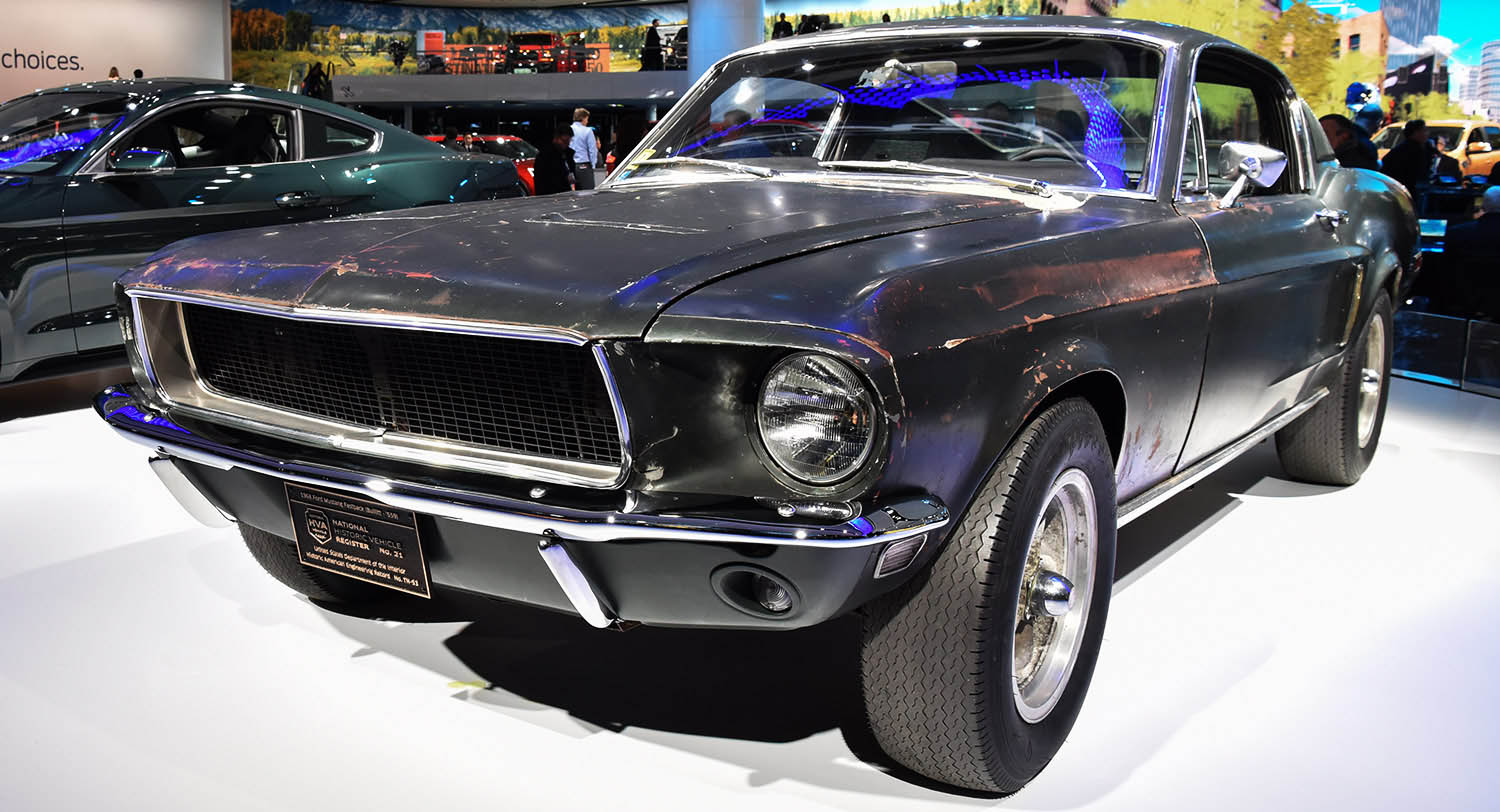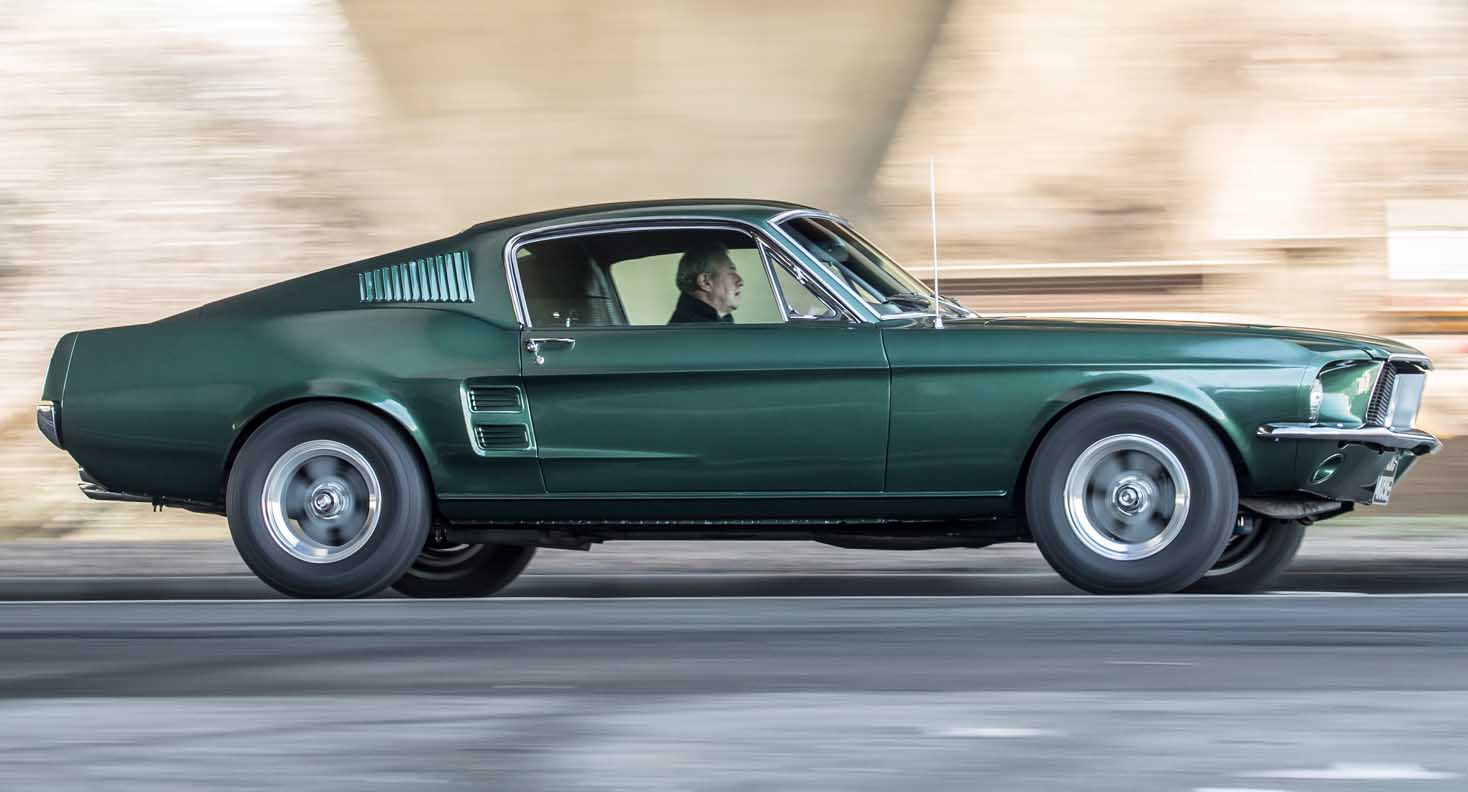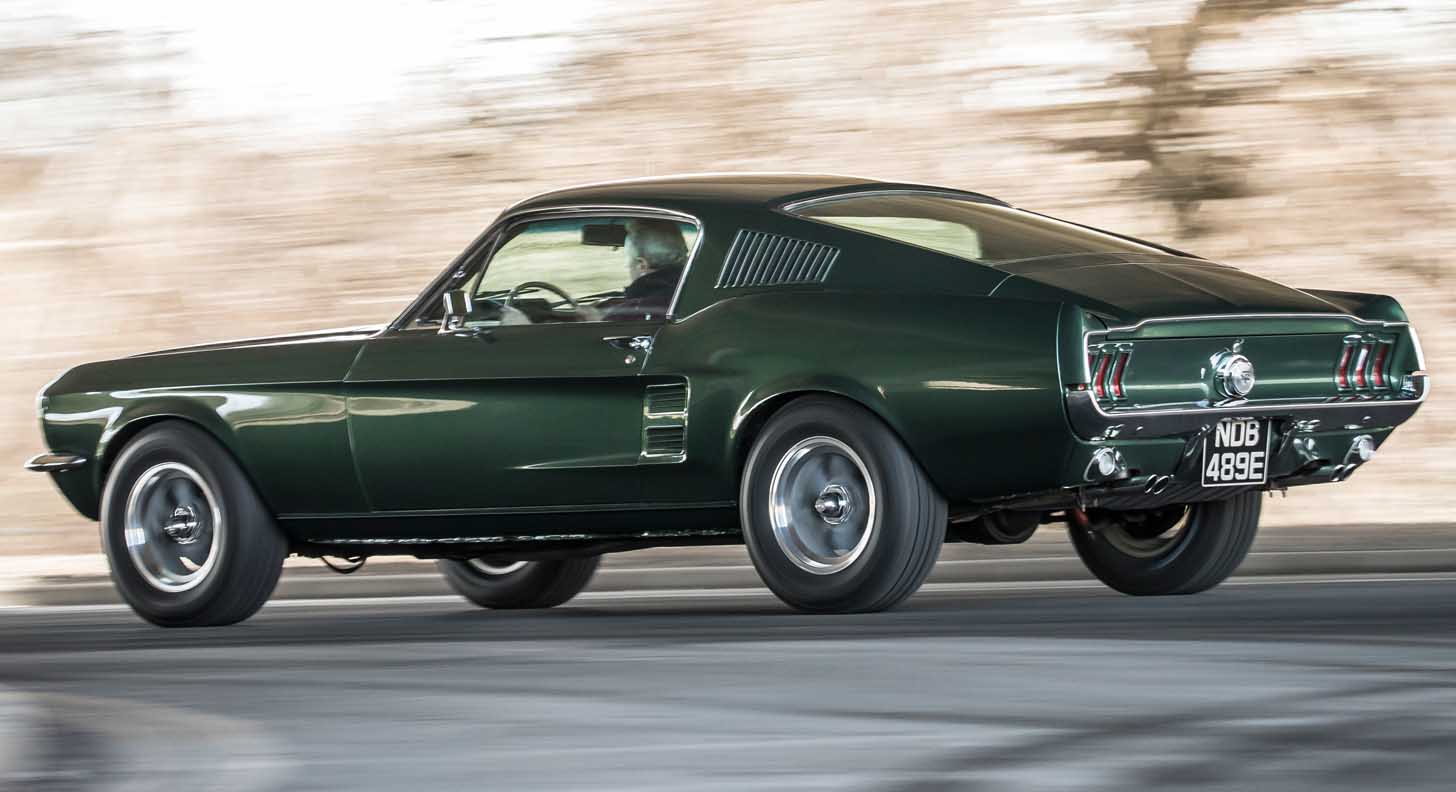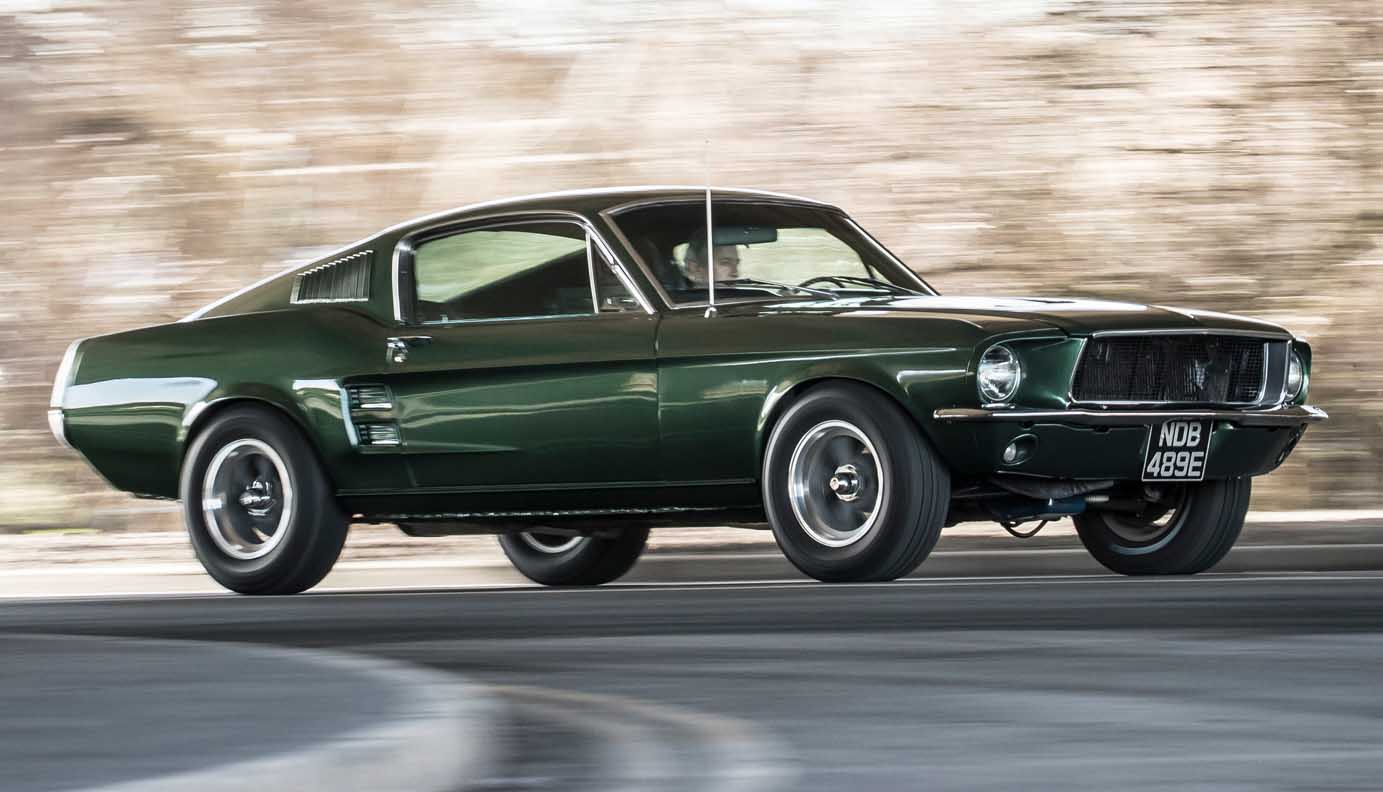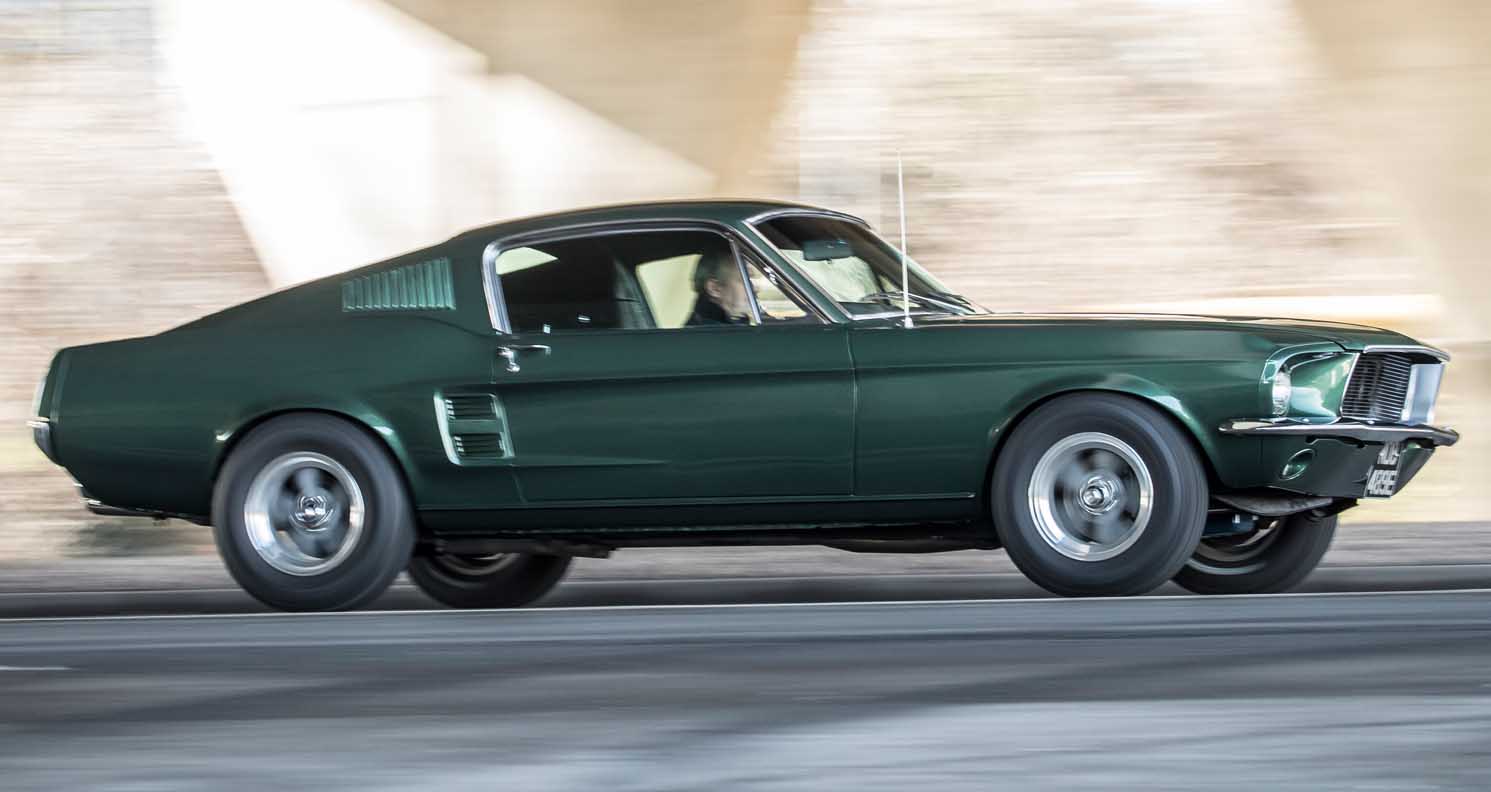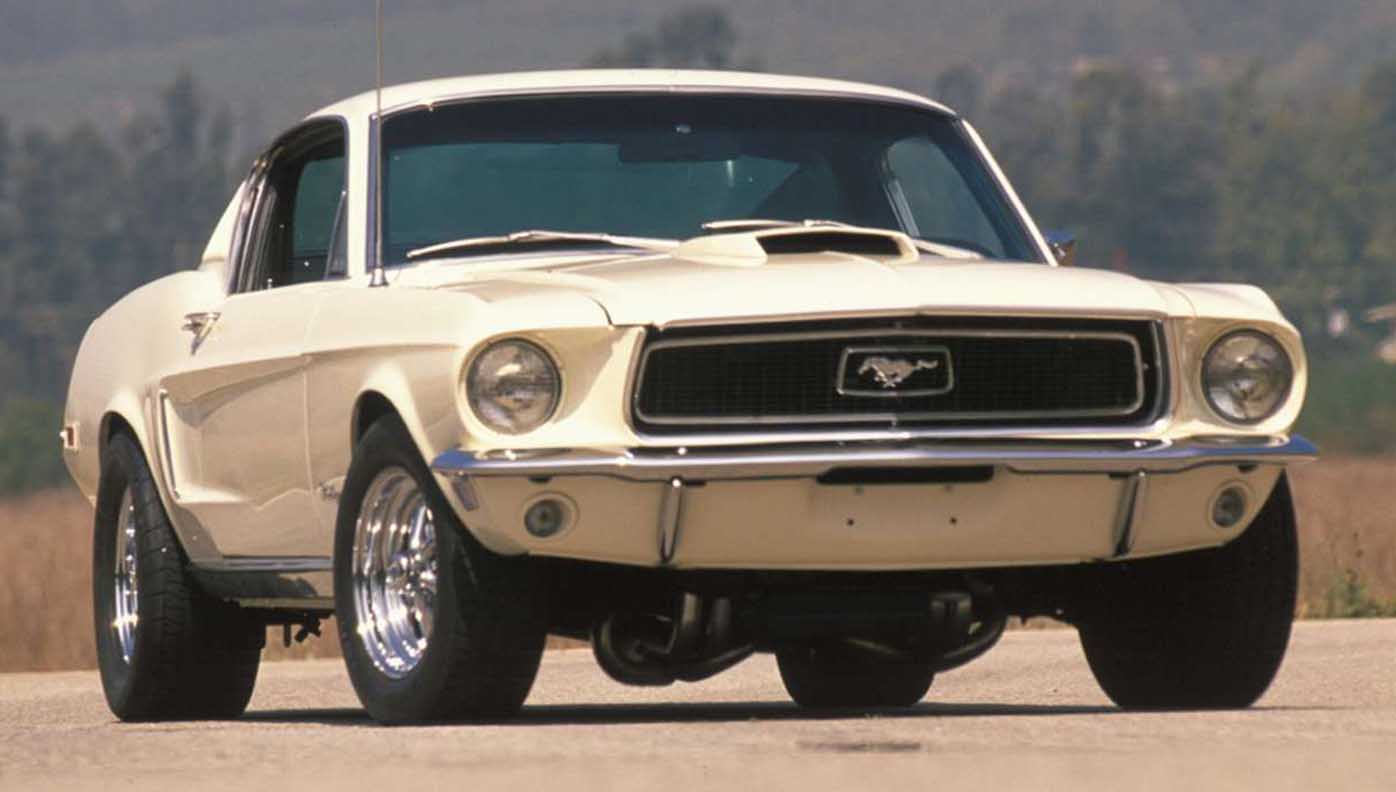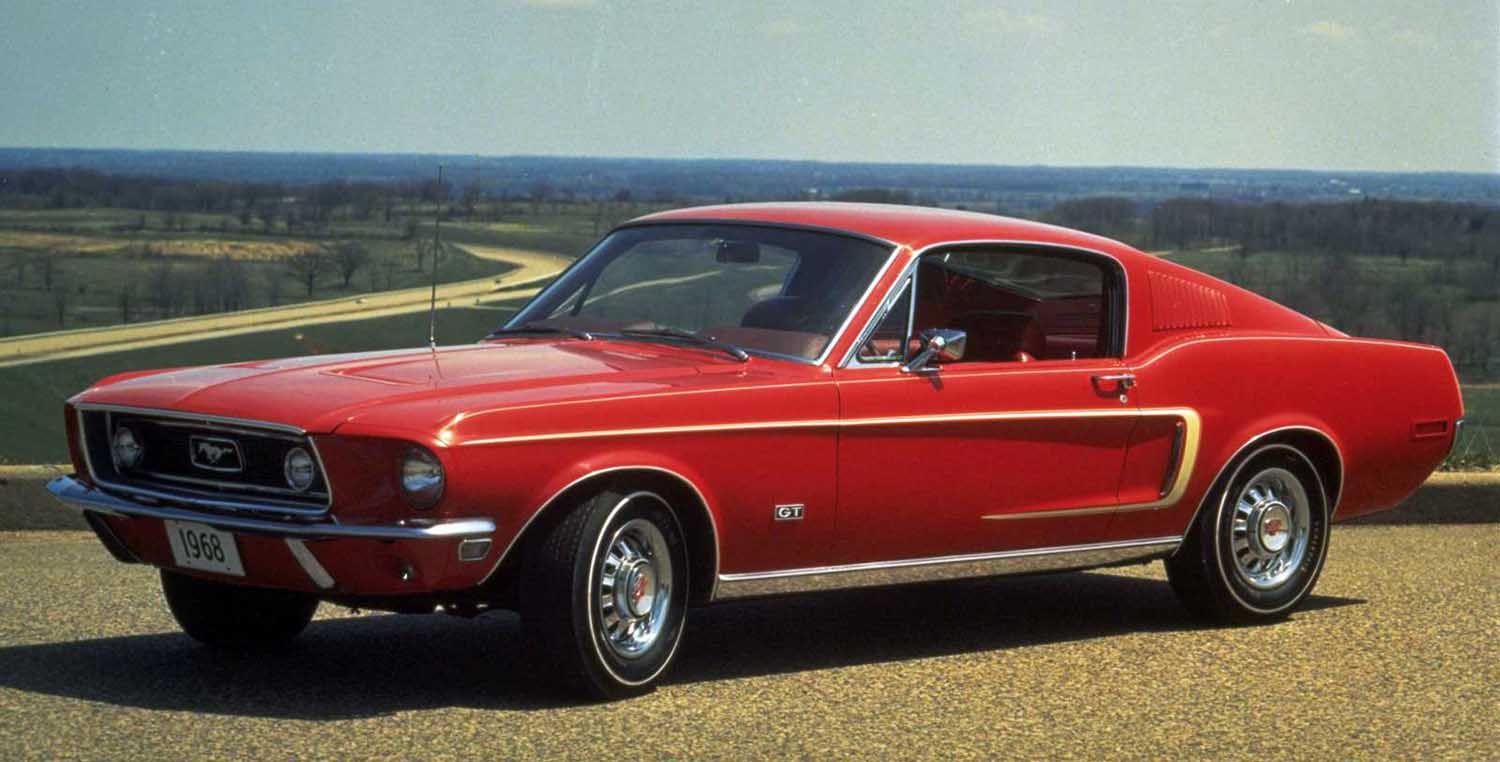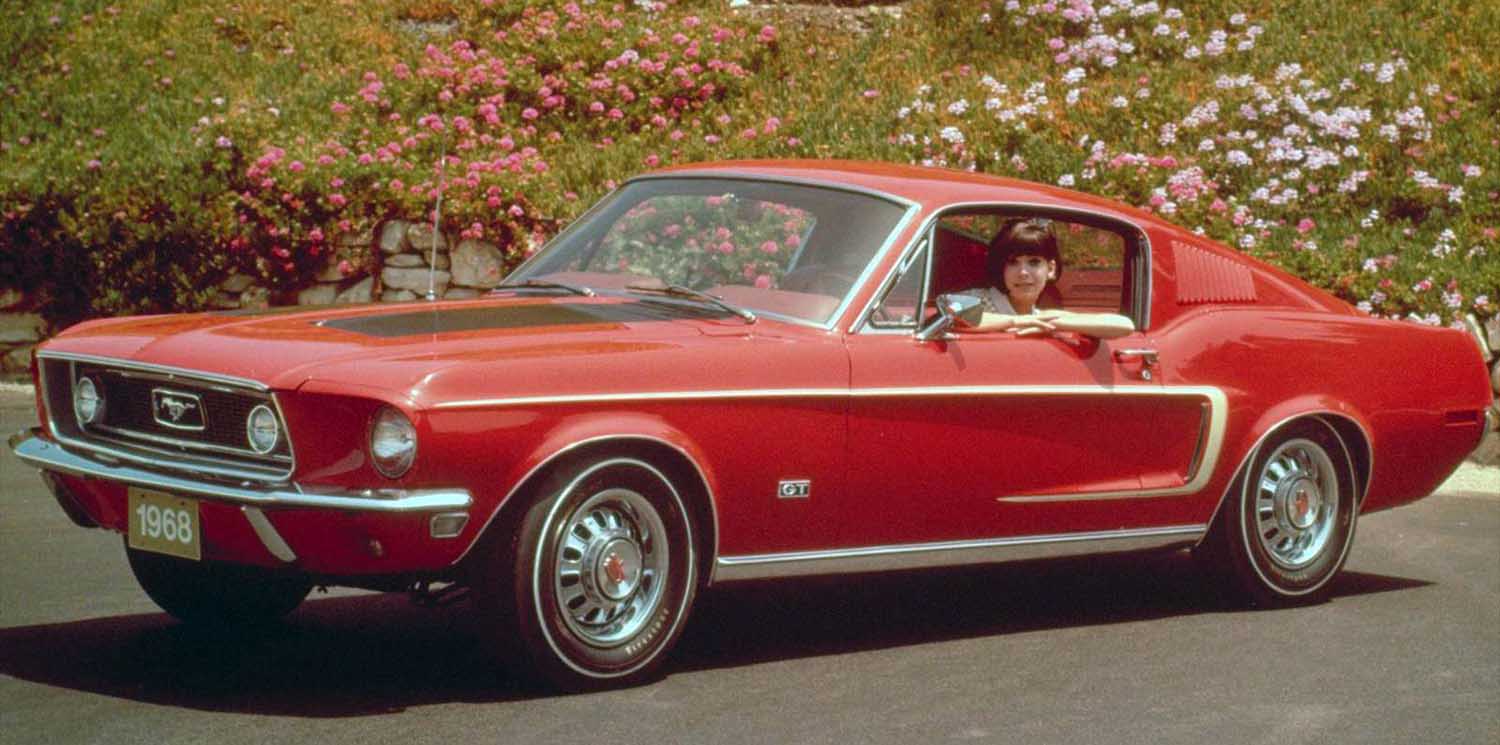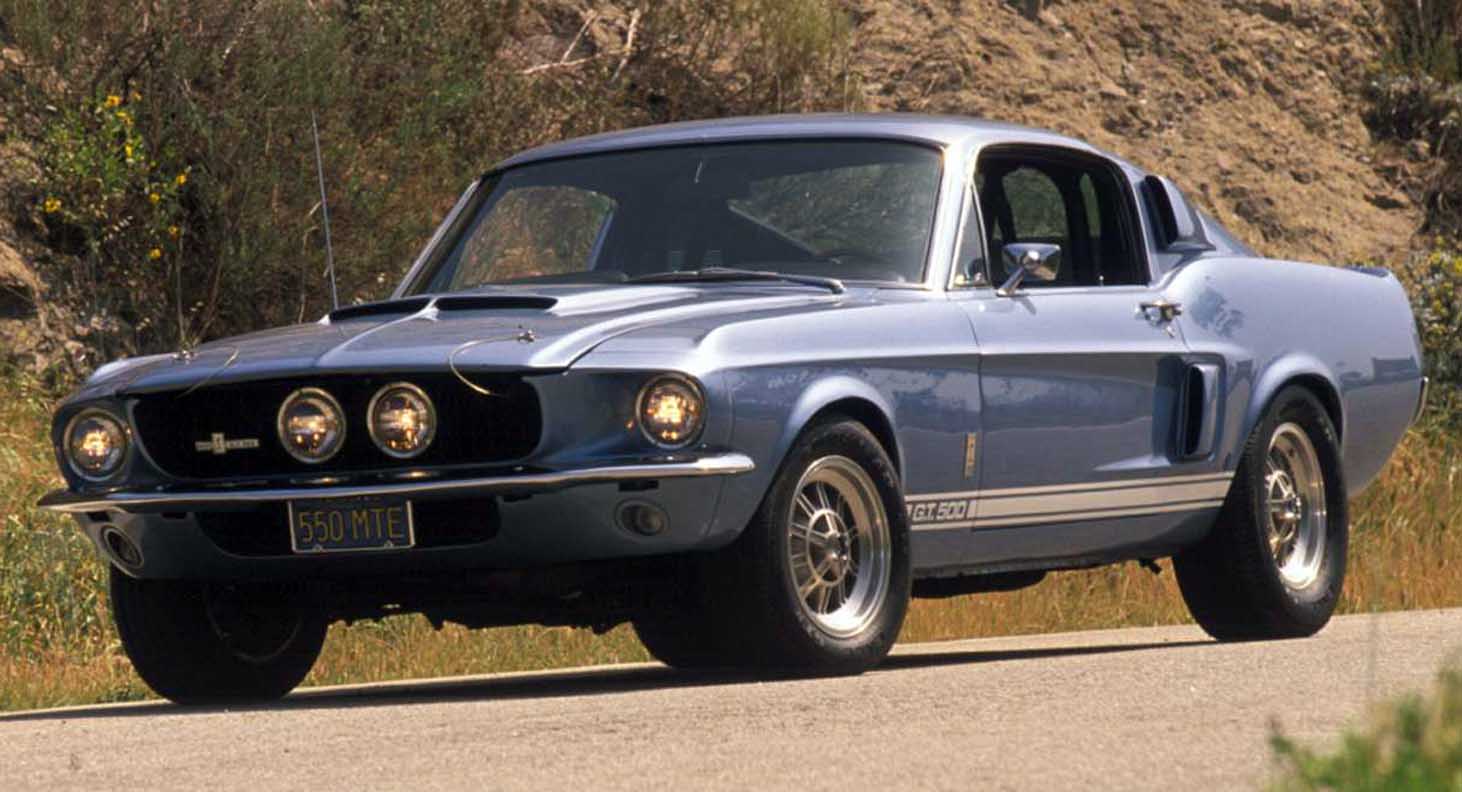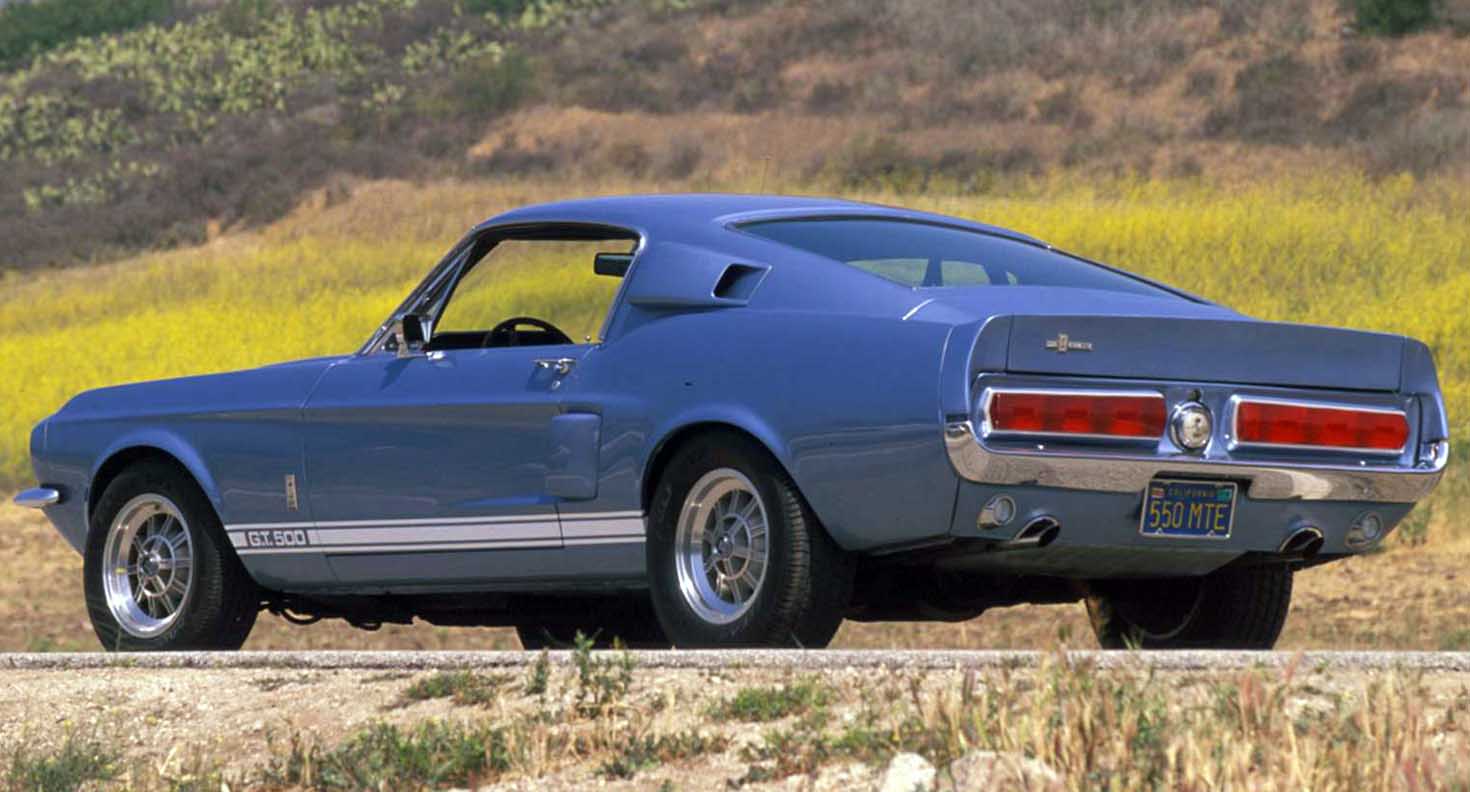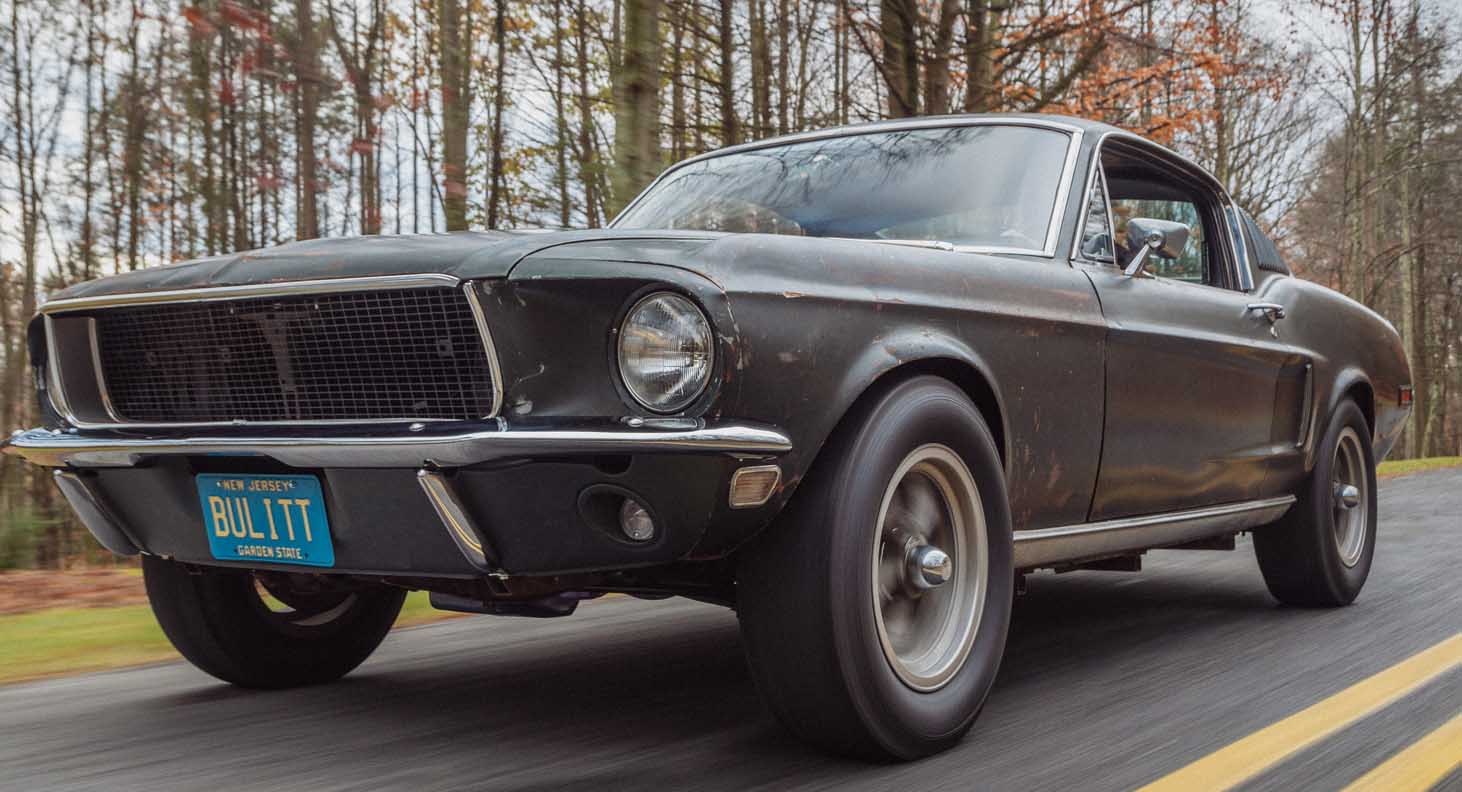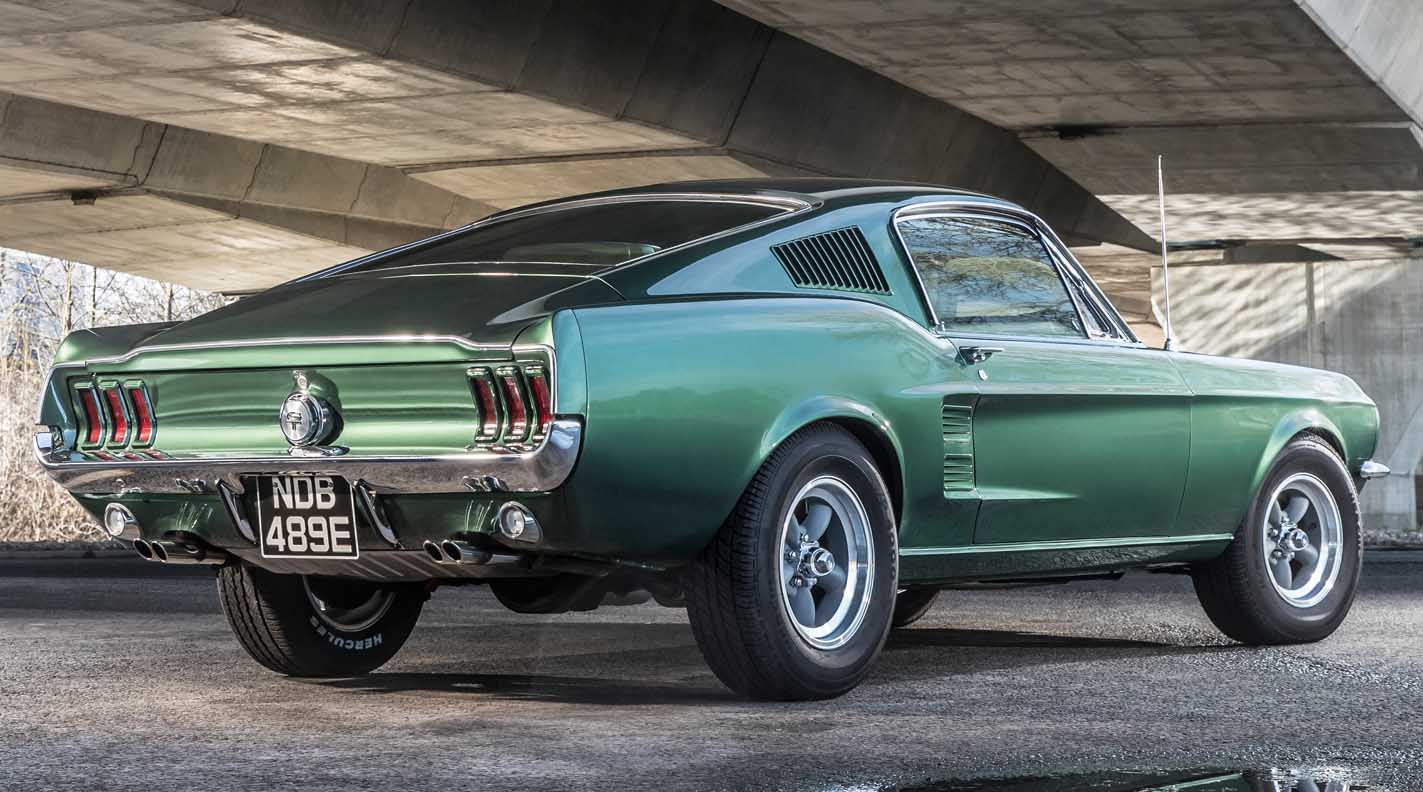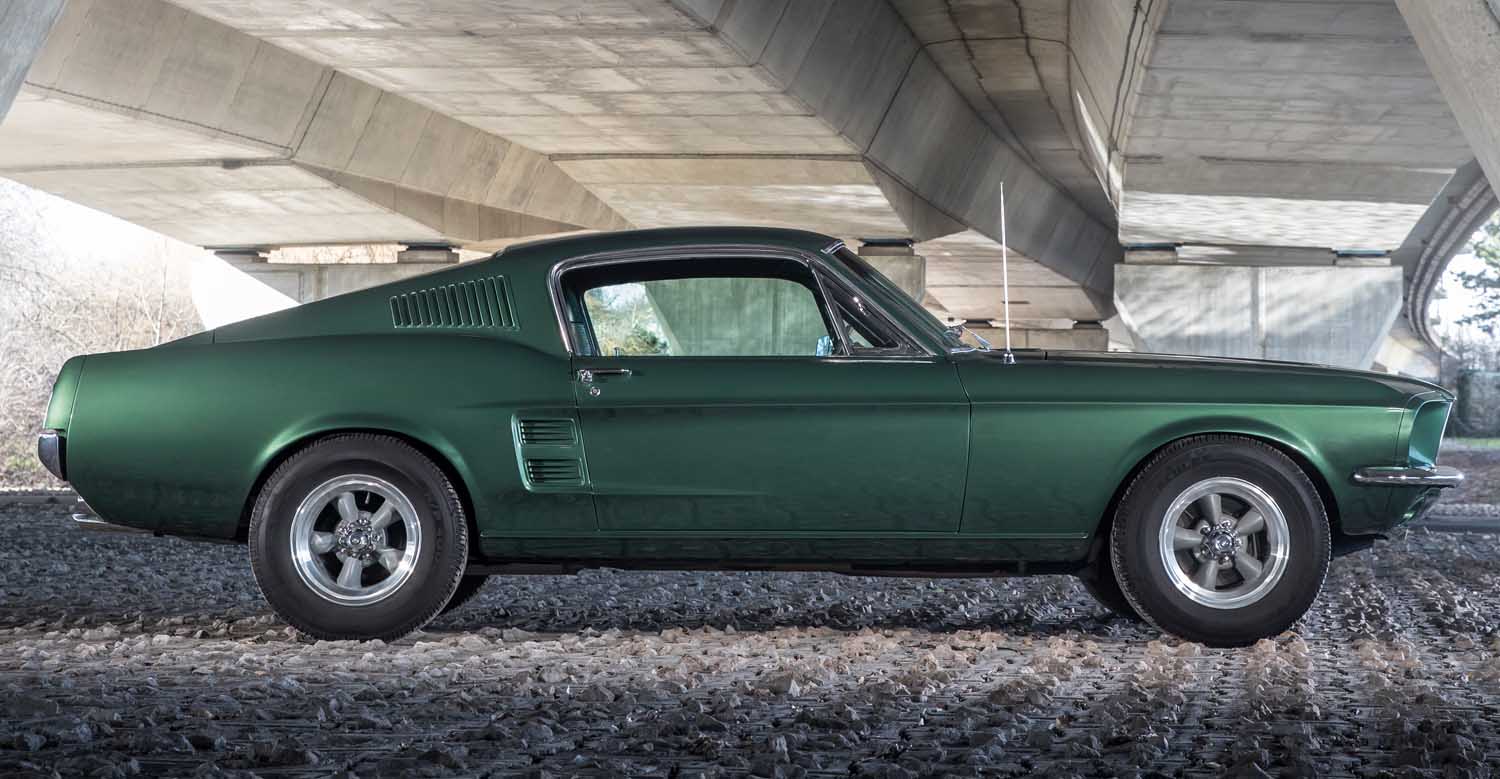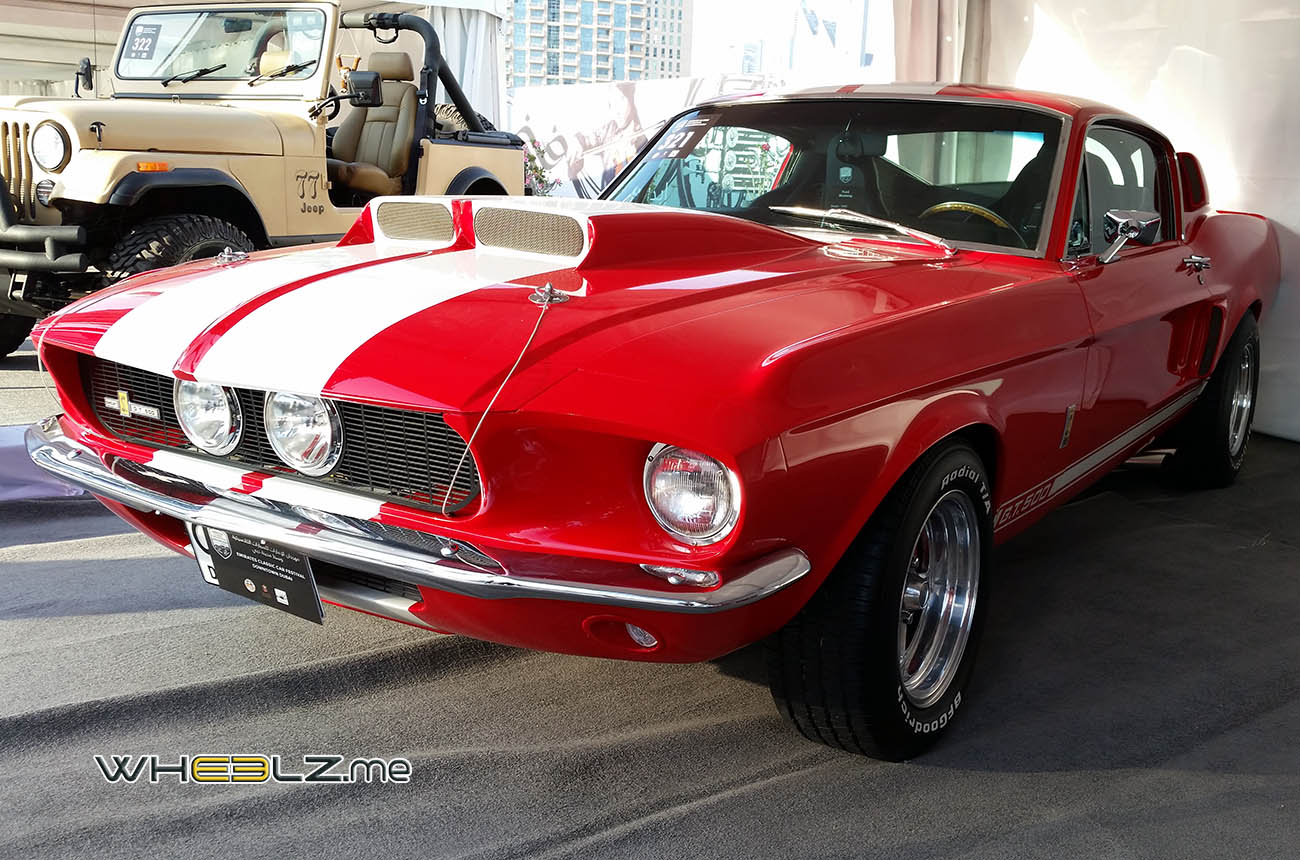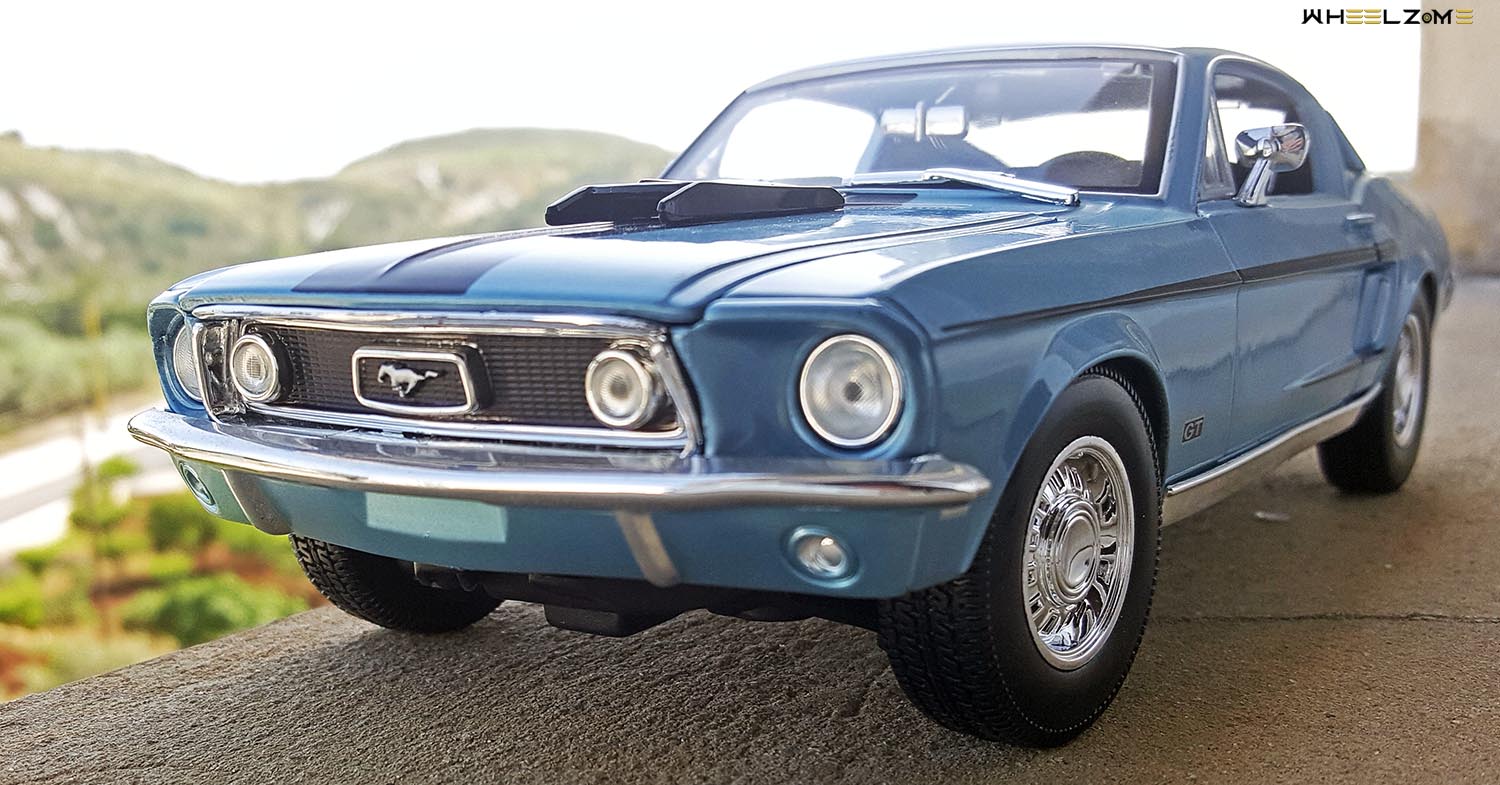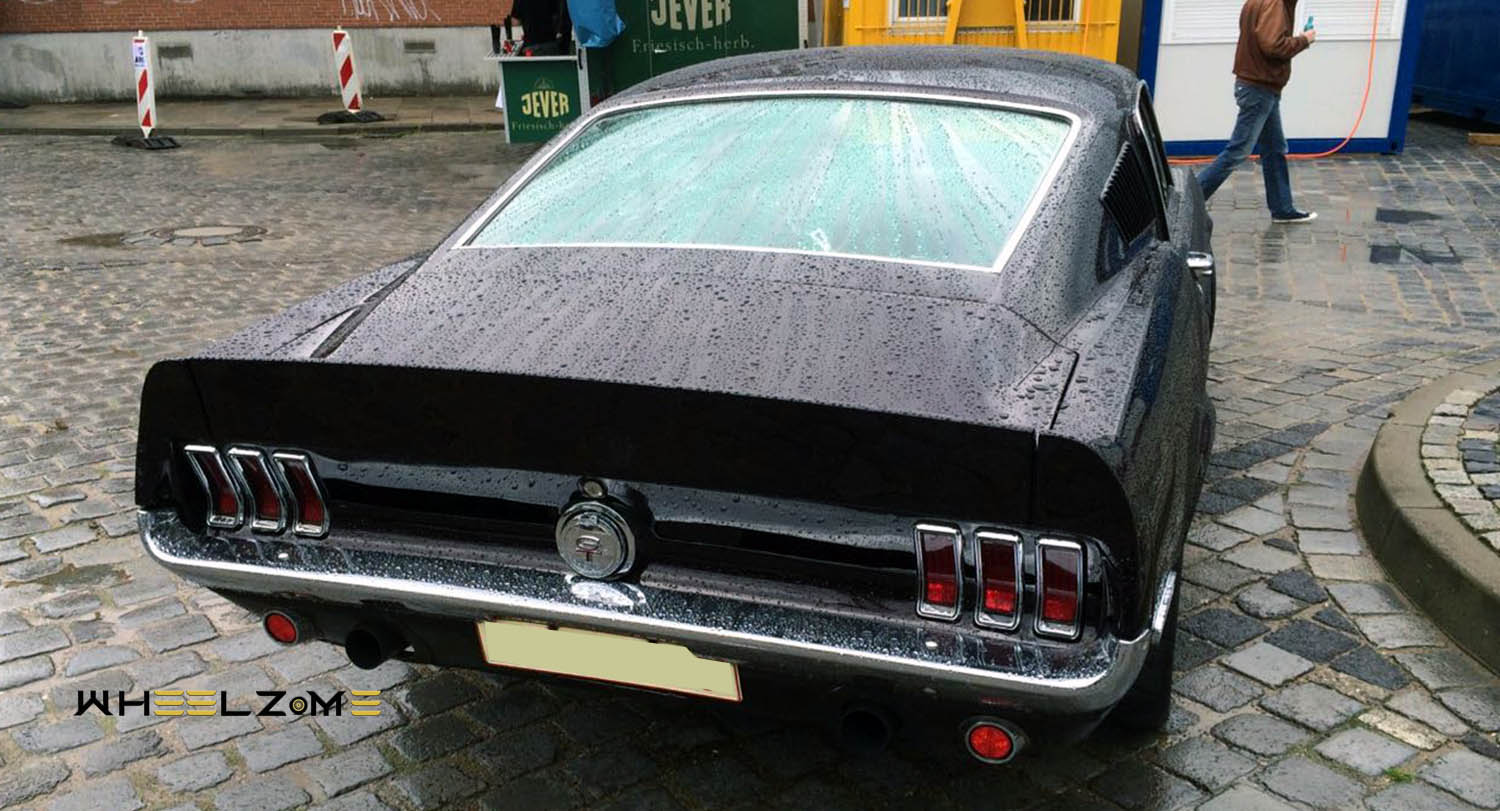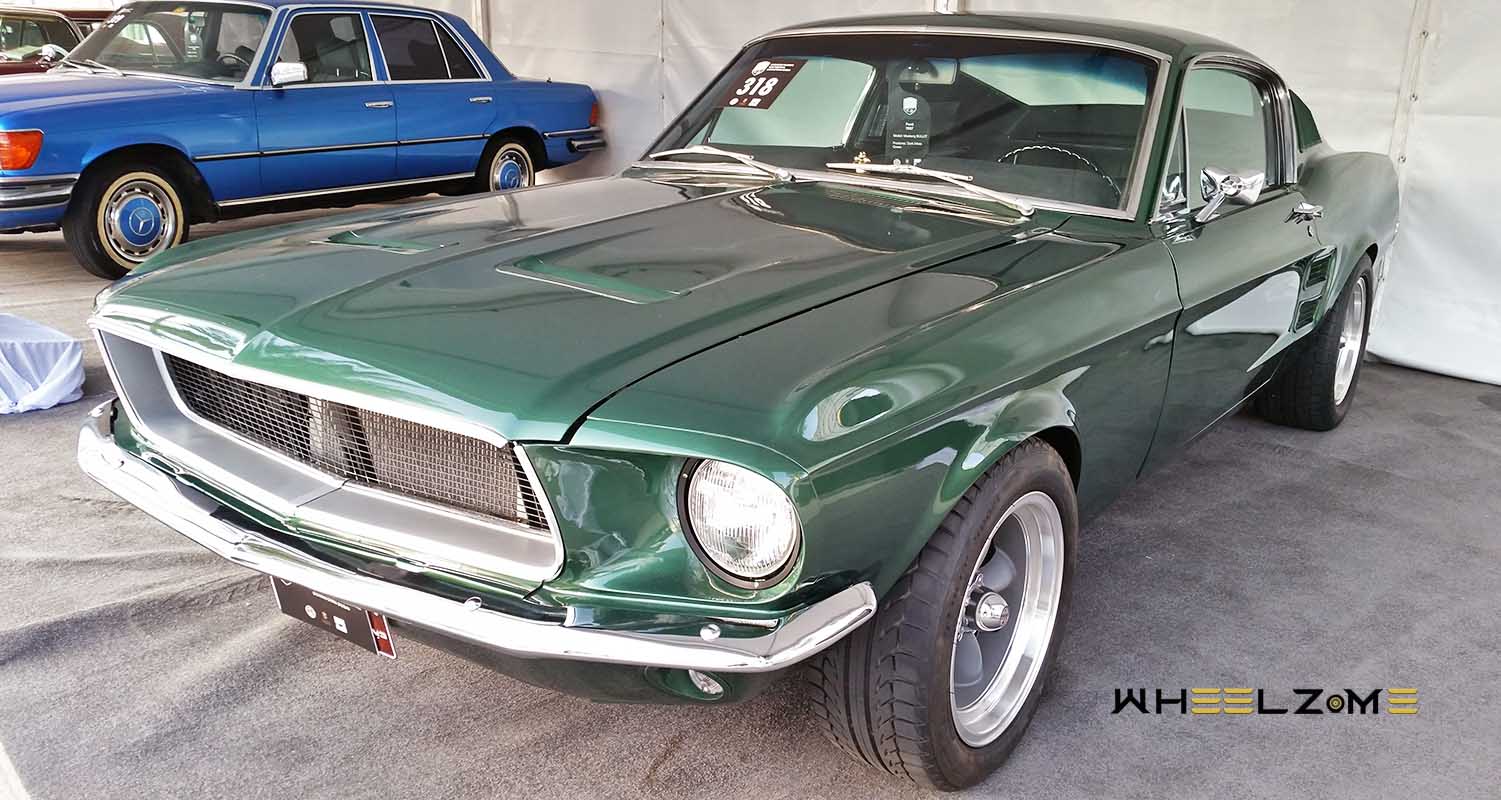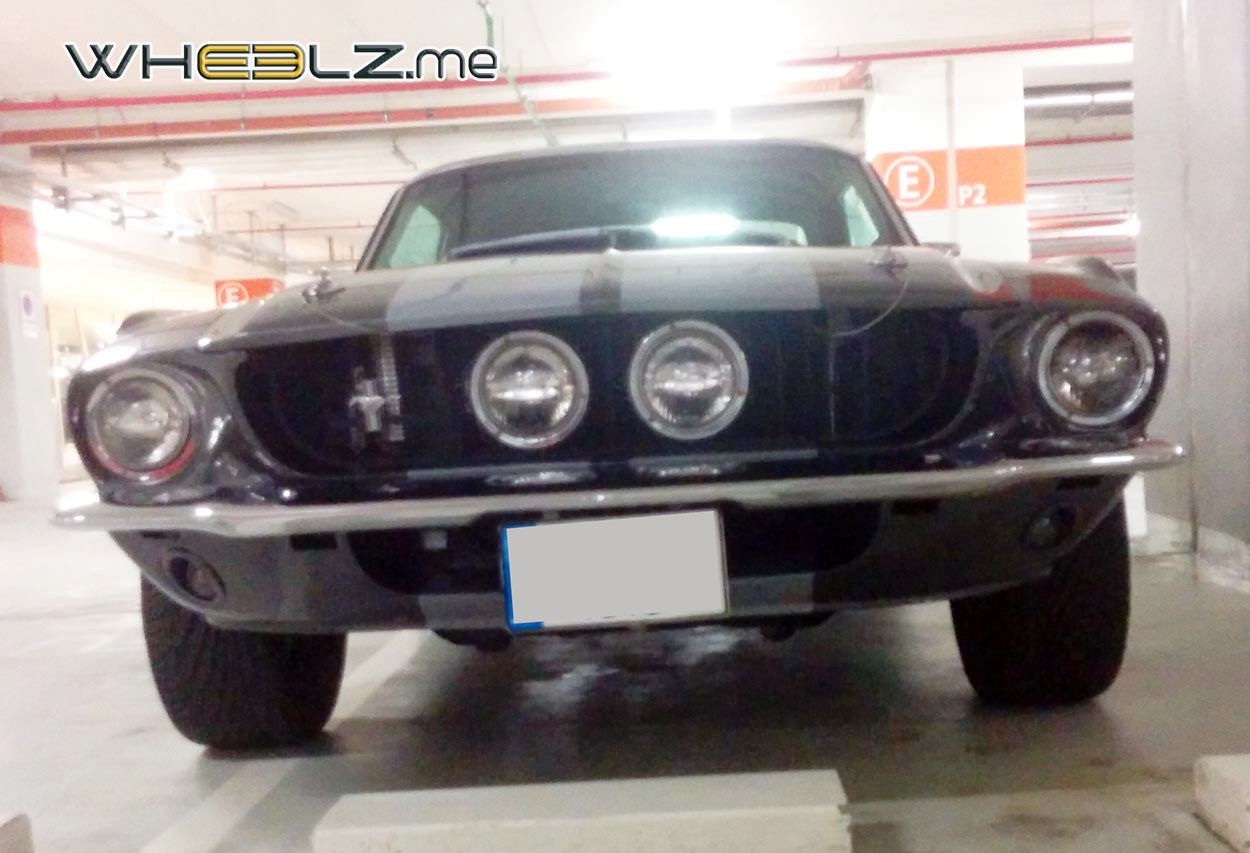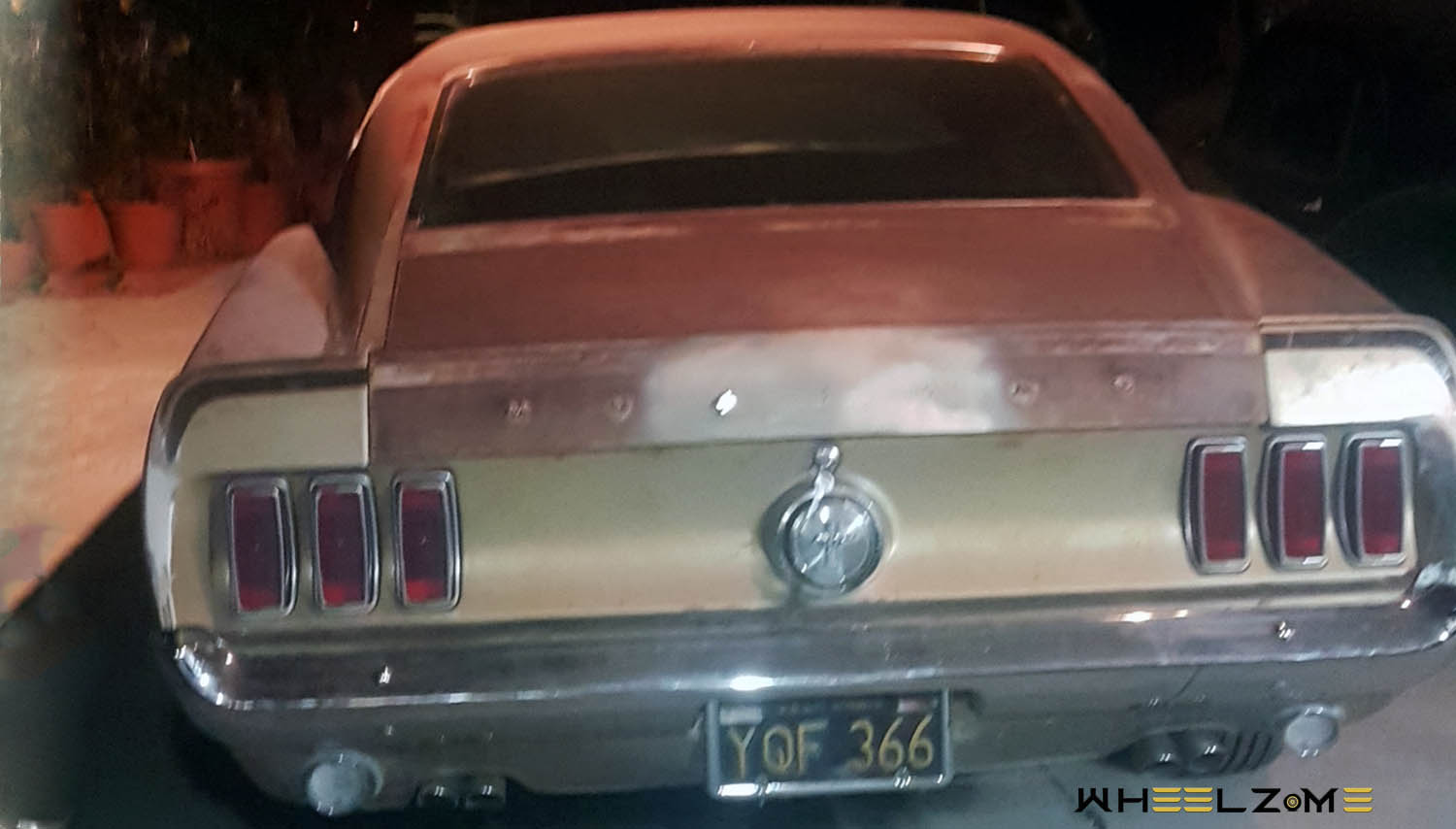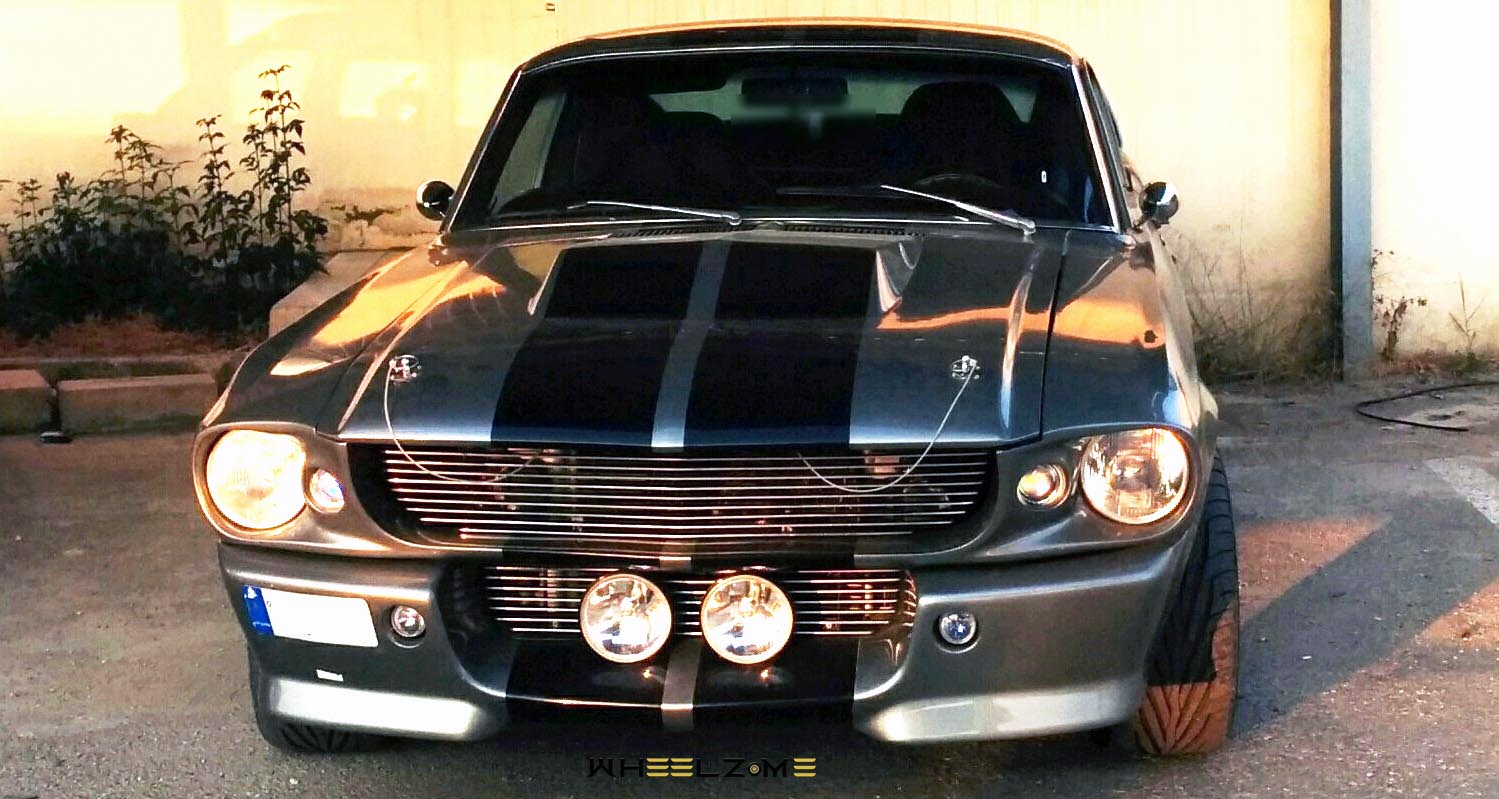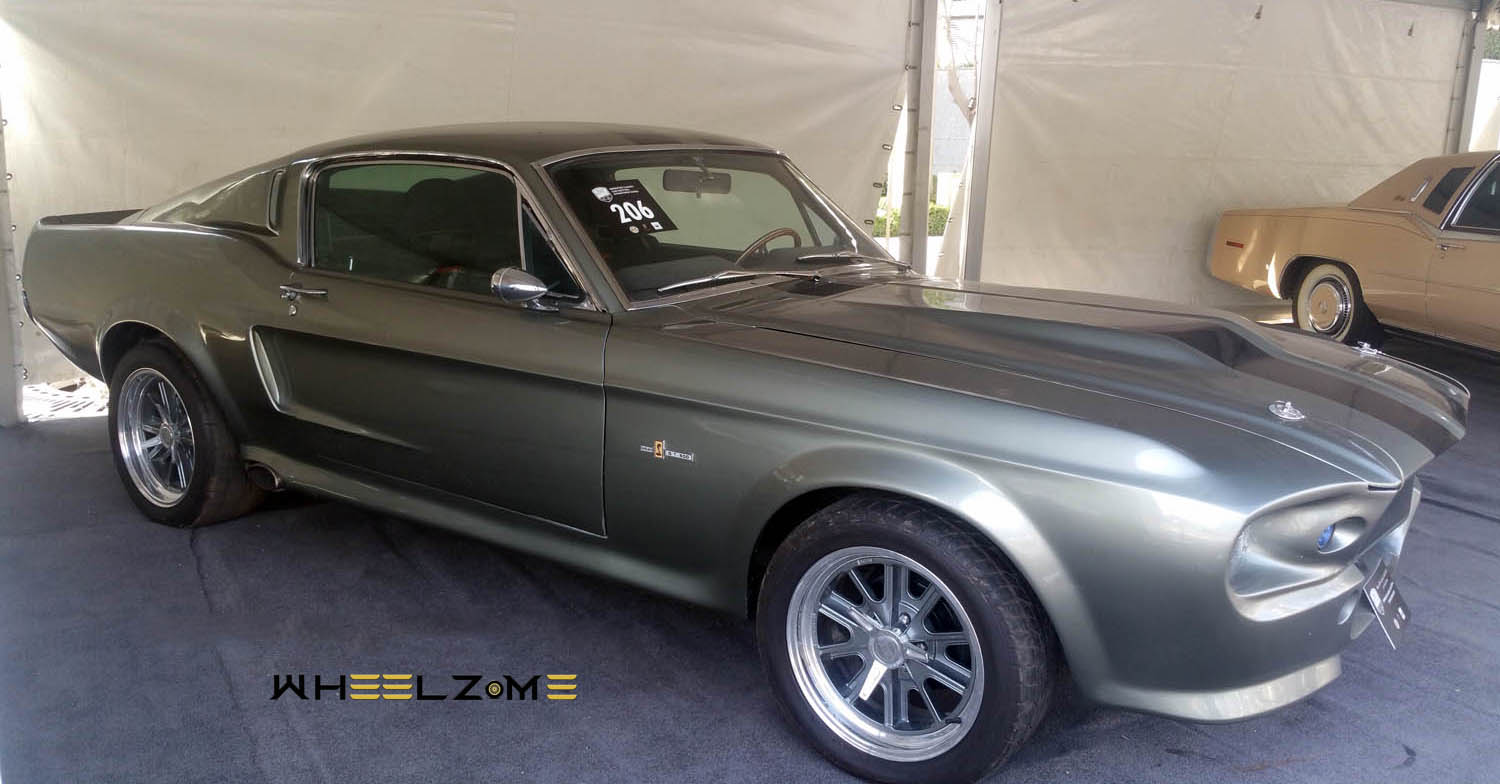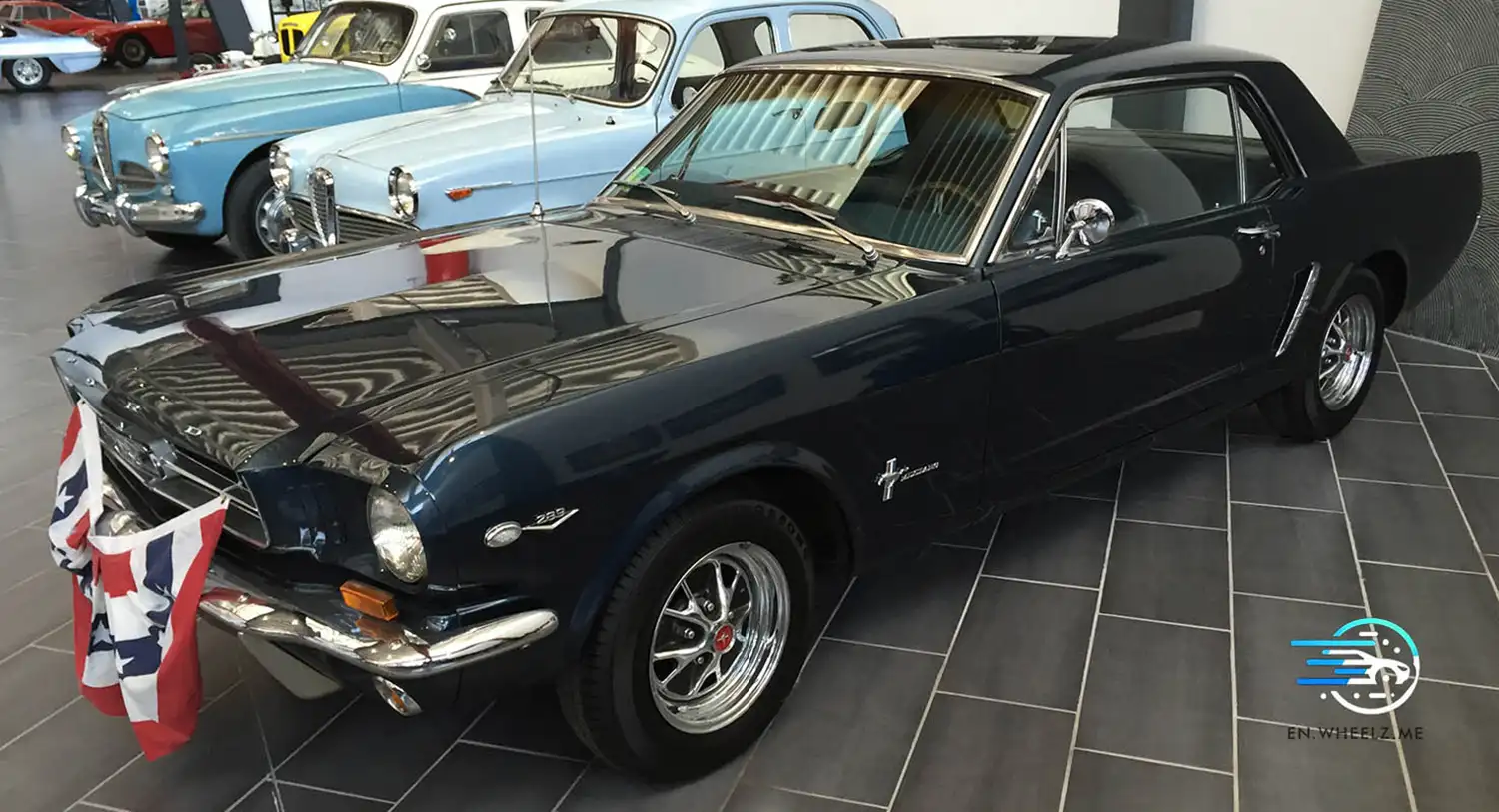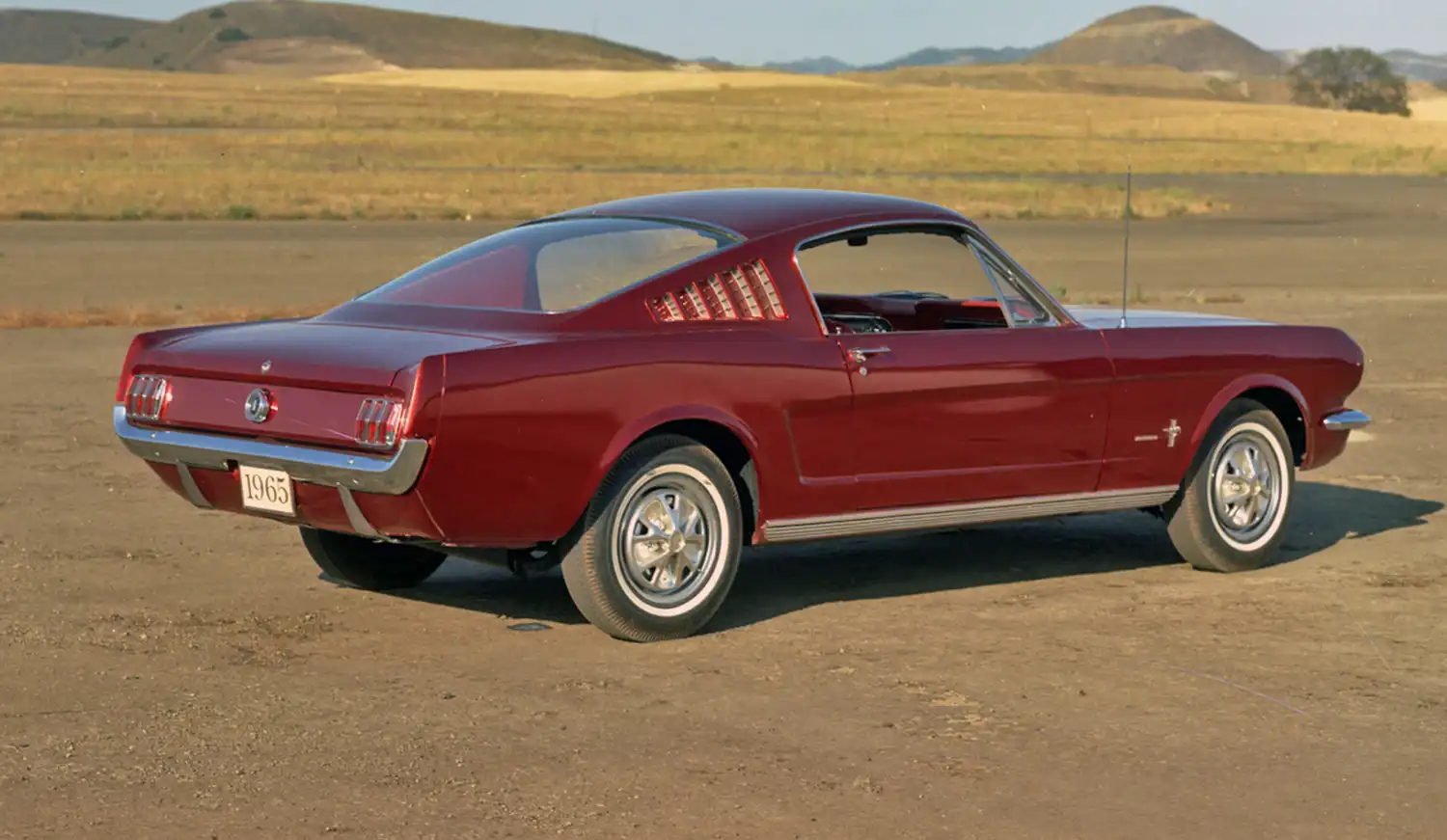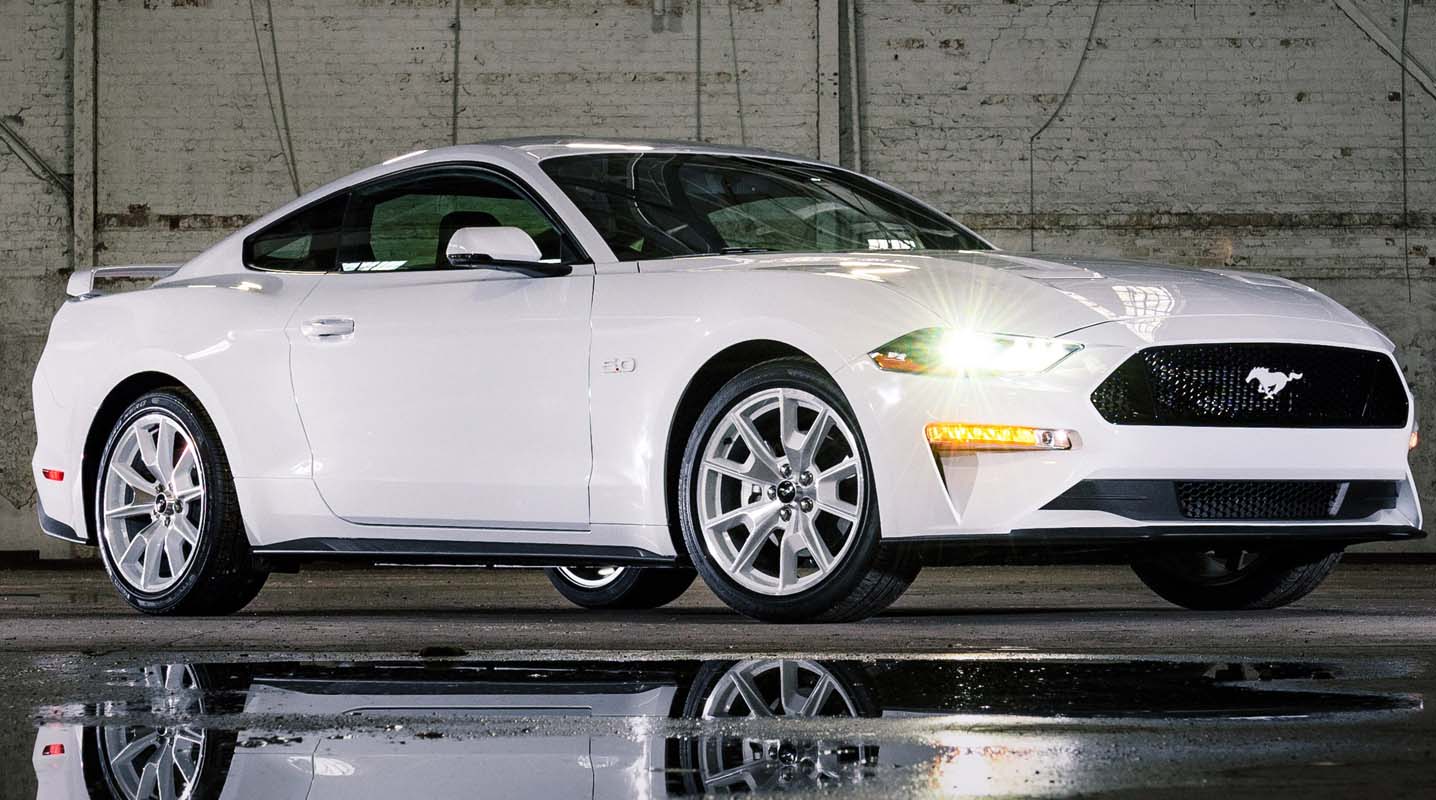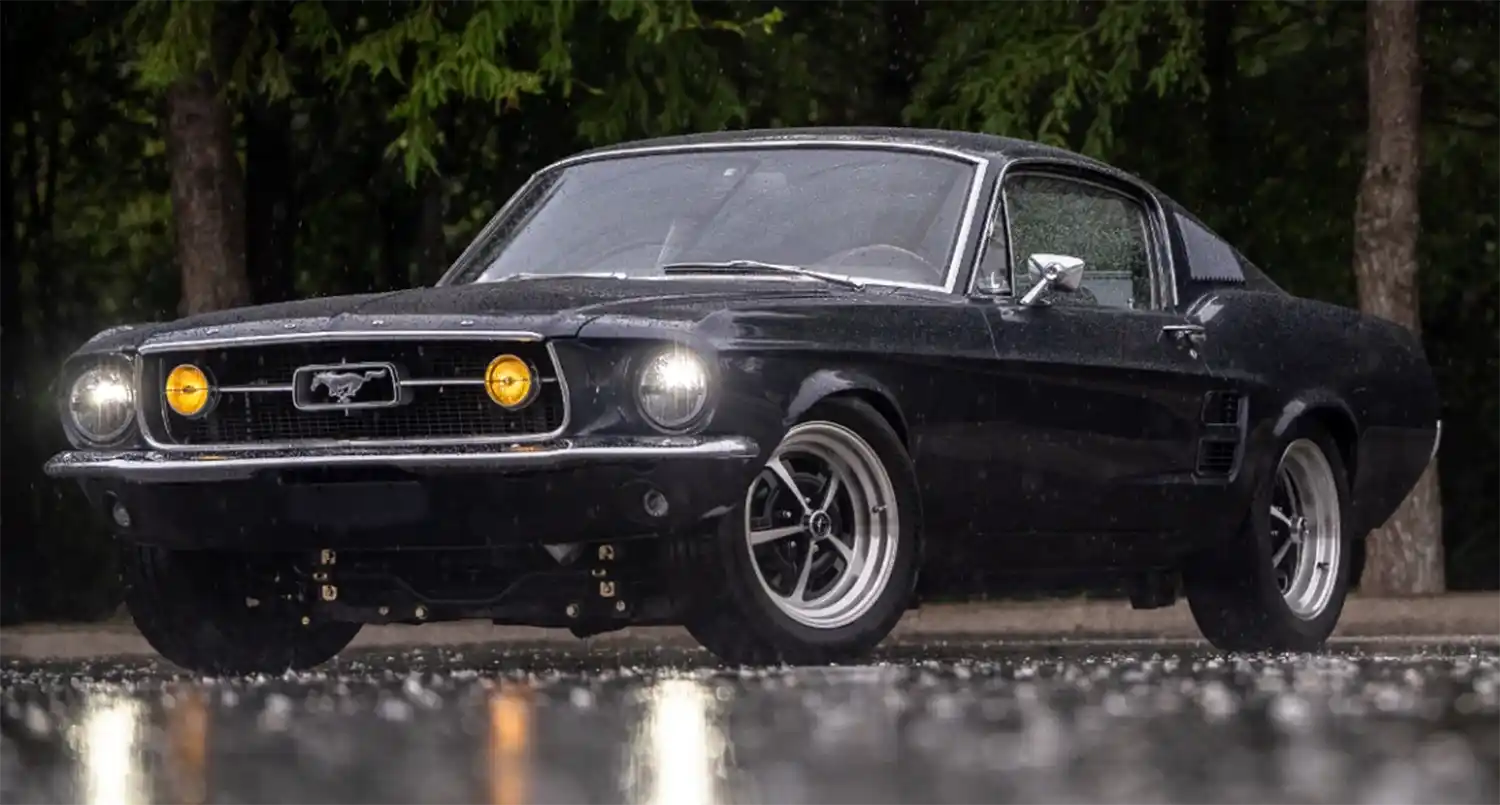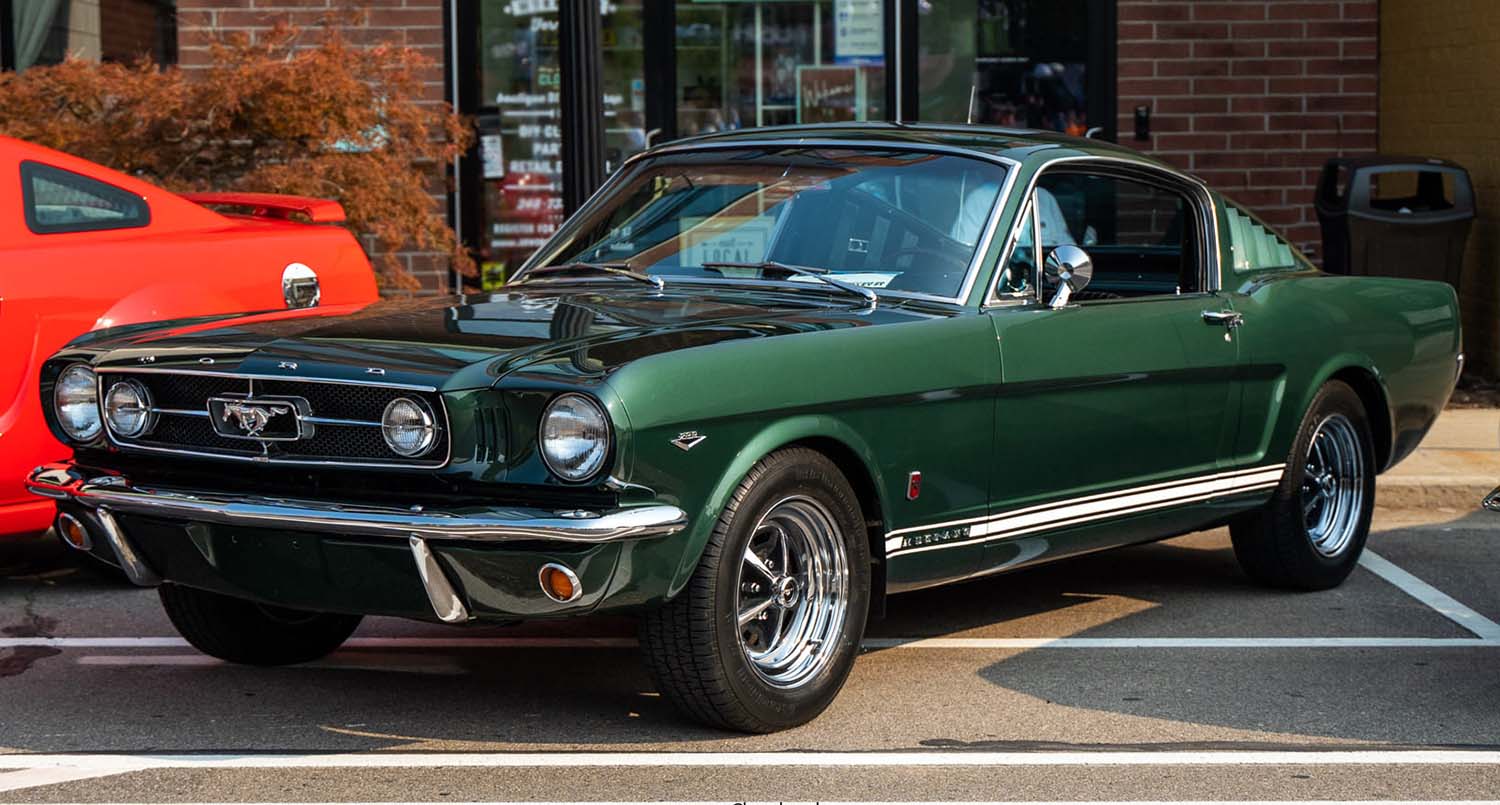
The first-generation Ford Mustang Fastback, introduced in 1965, remains an enduring icon in automotive history. It was part of the inaugural lineup of the Mustang, a car that revolutionized the American automotive landscape by offering style, performance, and affordability in one package.
Introduction to the Mustang Fastback:
The Mustang Fastback, officially known as the Ford Mustang 2+2, was introduced as the sporty variant of the original Mustang lineup. Its distinctive fastback roofline set it apart from the standard coupe and convertible models, giving it a sleek and aggressive appearance. The fastback design not only enhanced the car’s aesthetics but also improved its aerodynamics, contributing to its performance on the road and the racetrack.
Design and Styling:
The first-generation Mustang Fastback featured classic styling cues that have become synonymous with the Mustang brand. Its long hood, short deck proportions, and iconic tri-bar taillights made it instantly recognizable. The fastback roofline flowed seamlessly into the rear deck, giving the car a muscular and dynamic profile.

Inside, the Mustang Fastback offered a sporty yet comfortable interior, with bucket seats, a sport steering wheel, and a variety of trim and upholstery options. The dashboard featured a simple yet functional layout, with analog gauges providing essential information to the driver.
The first-generation Ford Mustang, including the Fastback variant, was primarily designed by a team led by Ford’s then Vice President and General Manager, Lee Iacocca, and Ford’s Vice President of Design, Gene Bordinat. However, the specific designer credited with the styling of the Mustang is Gale Halderman. Halderman was a Ford designer who worked closely with Lee Iacocca and his team to bring the Mustang to life. Halderman is often recognized as the lead designer responsible for shaping the iconic look of the Mustang, including the distinctive fastback roofline that set it apart from other cars of its era. His contributions to the design of the Mustang played a crucial role in shaping its enduring legacy as an automotive icon.
Performance and Powertrain:
The Mustang Fastback was available with a range of engine options, catering to a diverse audience of enthusiasts. The base engine was a 170 cubic inch inline-six, offering adequate performance for daily driving. However, the true heart of the Mustang Fastback lay in its optional V8 engines.
Buyers could opt for a range of V8 powerplants, including the legendary 289 cubic inch “Windsor” V8, which offered a blend of power, reliability, and affordability. For those seeking even more performance, the Mustang Fastback GT package added performance-oriented features such as upgraded suspension, brakes, and a dual exhaust system.
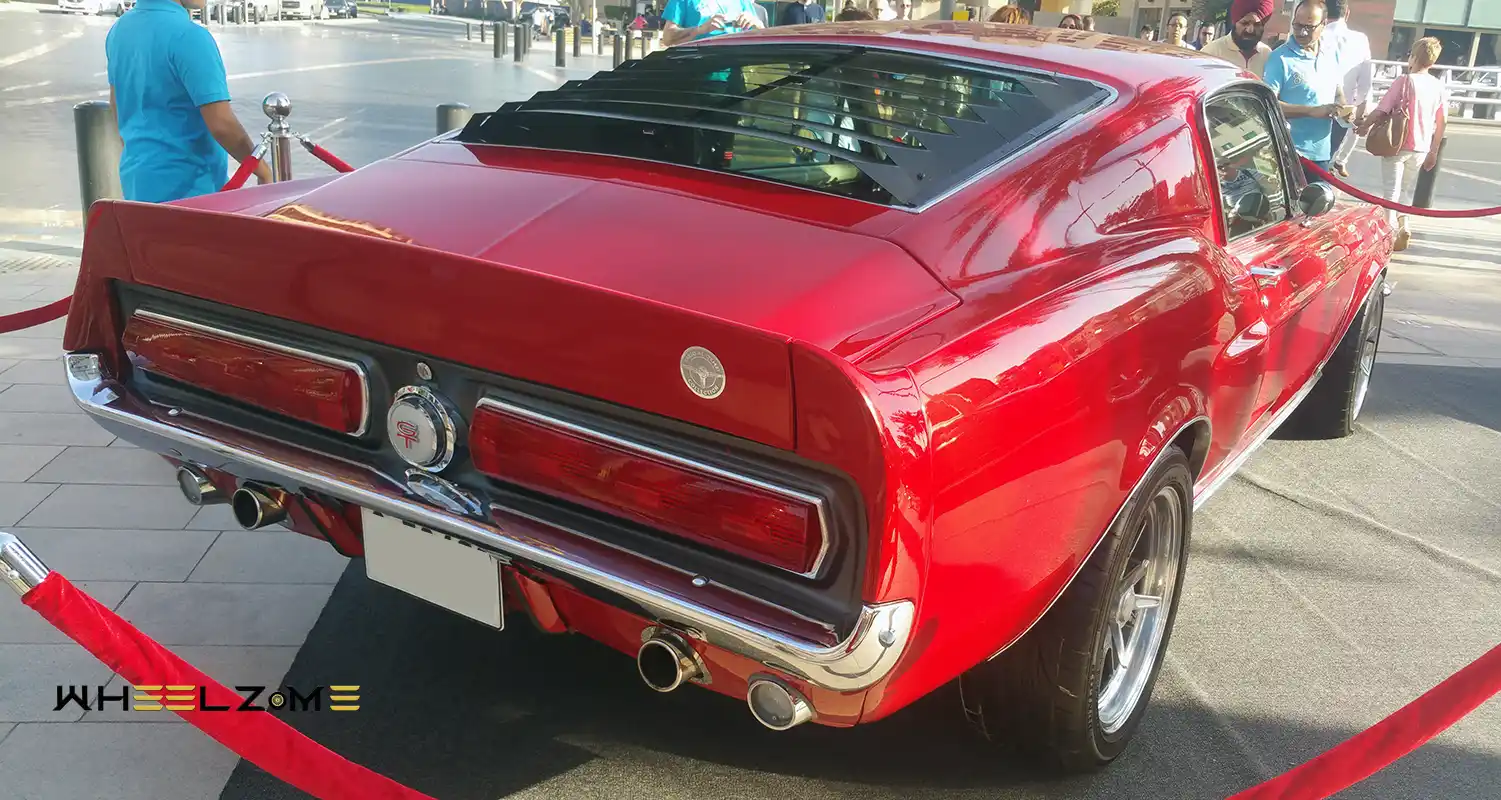
Cultural Impact and Legacy:
The Mustang Fastback quickly became a cultural phenomenon, appearing in movies, television shows, and popular music of the era. Its combination of style, performance, and affordability made it a favorite among car enthusiasts and casual drivers alike. The Mustang Fastback’s success on the racetrack further solidified its reputation as a true performance machine.
Over the years, the first-generation Mustang Fastback has become highly sought after by collectors and enthusiasts, with well-preserved examples commanding significant prices at auctions. Its timeless design and legendary performance ensure that the Mustang Fastback will continue to be celebrated for generations to come.
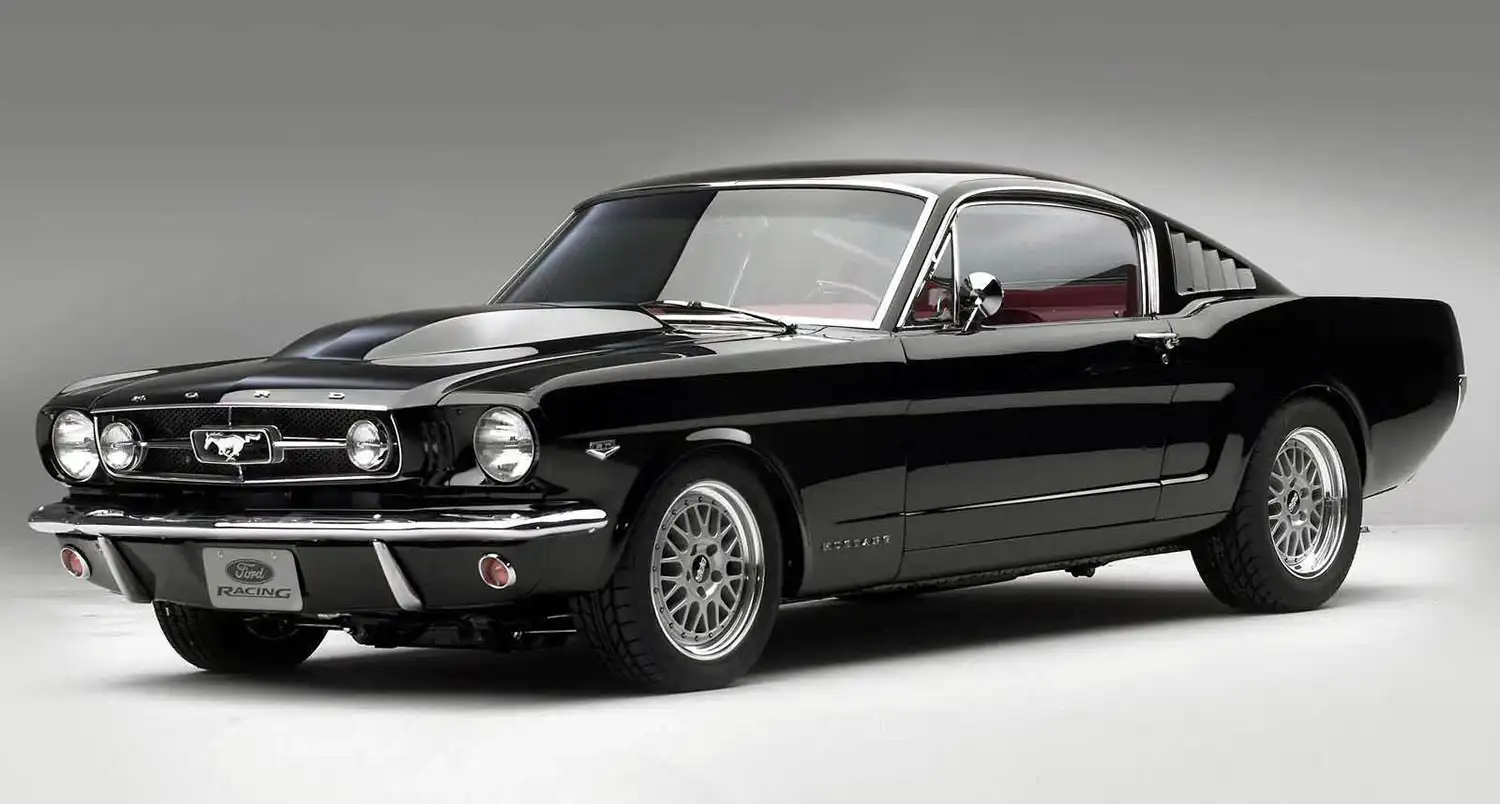
Timeline
1964:
- April 17: Ford officially unveils the first-generation Ford Mustang at the New York World’s Fair.
- The Mustang is introduced in three body styles: coupe, convertible, and fastback (2+2).
- The Mustang Fastback features a distinctive roofline, giving it a sporty and aggressive appearance.
1965:
- The Mustang Fastback enters production alongside the coupe and convertible variants.
- Engine options for the Mustang Fastback include a range of inline-six and V8 engines, catering to different performance preferences.
- The Mustang Fastback gains popularity among enthusiasts and casual drivers alike for its combination of style, performance, and affordability.
- The Mustang Fastback makes appearances in various movies, television shows, and popular culture, solidifying its status as an icon.
1966:
- Ford introduces the Mustang GT package for the Fastback, adding performance-oriented features such as upgraded suspension, brakes, and exhaust.
- The Mustang Fastback continues to dominate on the racetrack, earning victories and accolades in motorsports competitions.
1967:
- The Mustang Fastback receives a mid-cycle refresh, featuring updated styling elements such as a revised front grille and taillights.
- Engine options are expanded, with more powerful V8 engines becoming available to meet the demand for higher performance.
1968:
- The Mustang Fastback receives further updates to its exterior and interior design, enhancing its overall appeal.
- Special edition models, such as the Mustang California Special, are introduced, offering unique styling cues and features.
1969:
- The first-generation Ford Mustang Fastback reaches the end of its production run after five successful model years.
- The Mustang Fastback leaves a lasting legacy as an automotive icon, paving the way for future generations of Mustangs and inspiring generations of enthusiasts.
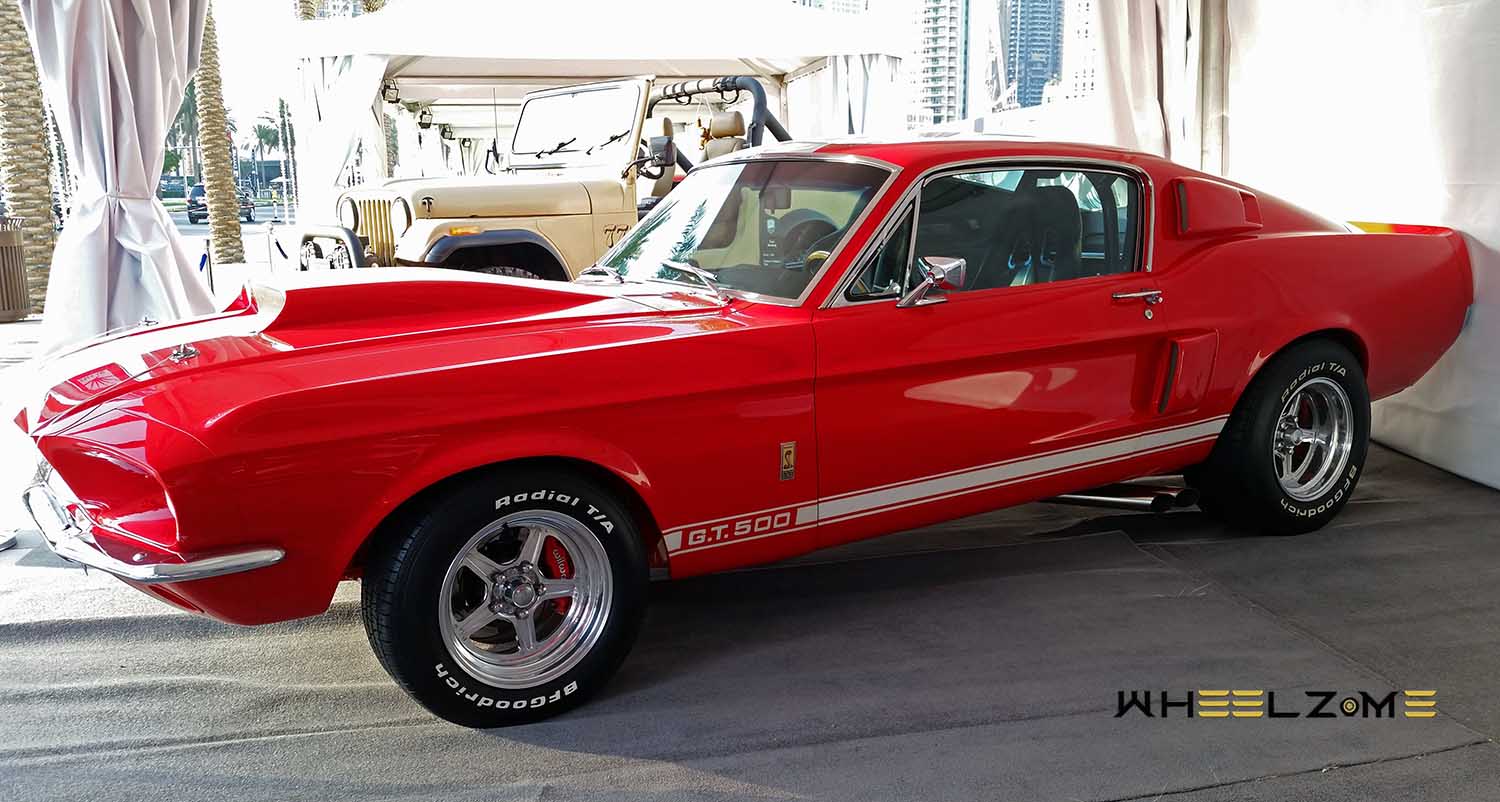
Most Powerfull
In terms of power and performance among the first-generation Ford Mustang Fastbacks, several models stand out:
-
- Shelby GT350: Produced by Carroll Shelby’s company, the Shelby GT350 was a high-performance variant of the Mustang Fastback. Equipped with a modified version of the Ford 289 cubic inch V8 engine, the GT350 boasted impressive power and handling characteristics, making it a formidable presence on both the road and the racetrack.
- Shelby GT500: Building upon the success of the GT350, the Shelby GT500 took performance to another level. Powered by a potent 428 cubic inch Cobra Jet V8 engine, the GT500 delivered exhilarating acceleration and top-end speed. With its aggressive styling and track-ready dynamics, the GT500 remains one of the most sought-after Mustang variants among collectors and enthusiasts.
- Boss 429: Introduced in 1969, the Boss 429 was a limited-production variant of the Mustang Fastback designed specifically for NASCAR homologation purposes. Under the hood lurked a massive 429 cubic inch V8 engine, producing an estimated 375 horsepower (though actual output was likely much higher). With its unique styling cues and legendary powerplant, the Boss 429 is widely regarded as one of the most powerful and iconic Mustangs ever produced.
- Mach1: The Ford Mustang Mach 1, introduced in 1969, was a performance-oriented variant of the Mustang Fastback. It featured aggressive styling cues, including a unique hood scoop, hood pins, sport striping, and optional spoilers, giving it a muscular and distinctive appearance. Under the hood, the Mach 1 could be equipped with a range of high-performance engines, including the 428 cubic inch Cobra Jet V8, delivering exhilarating acceleration and top-end speed. With its combination of bold styling and potent powertrains, the Mach 1 represented Ford’s commitment to performance during the golden age of muscle cars.
While these models represent the pinnacle of performance among first-generation Mustang Fastbacks, it’s worth noting that various other V8-powered variants, such as the GT and HiPo (High Performance) models, also offered impressive levels of power and performance for their time.

Conclusion:
The first-generation Ford Mustang Fastback remains an automotive icon, embodying the spirit of American muscle cars of the 1960s. Its sleek design, powerful engines, and cultural significance have made it a beloved classic among enthusiasts and collectors. Whether cruising down the highway or tearing up the racetrack, the Mustang Fastback continues to captivate audiences with its timeless appeal and exhilarating performance.
This article uses material from Chatgpt
